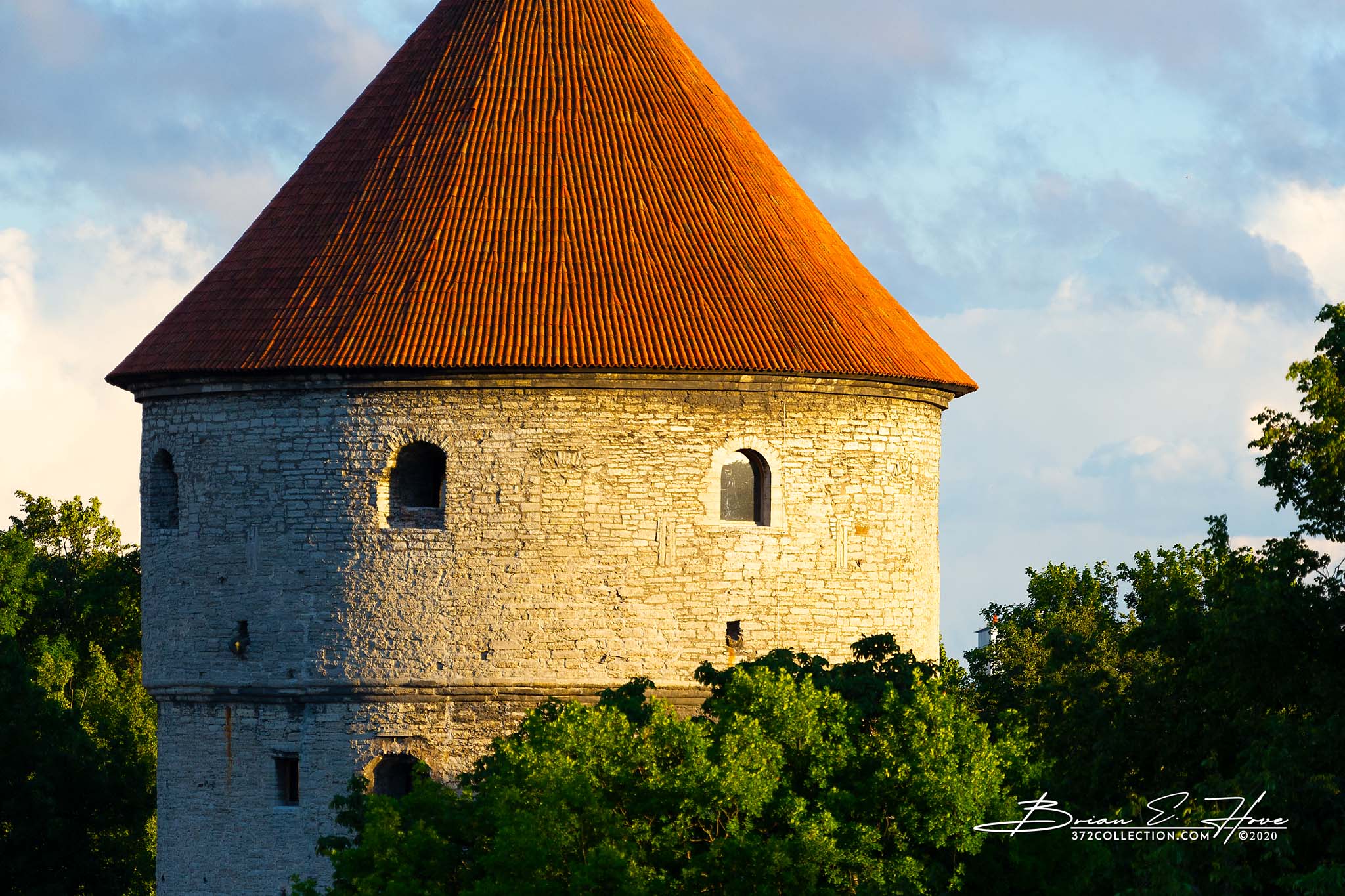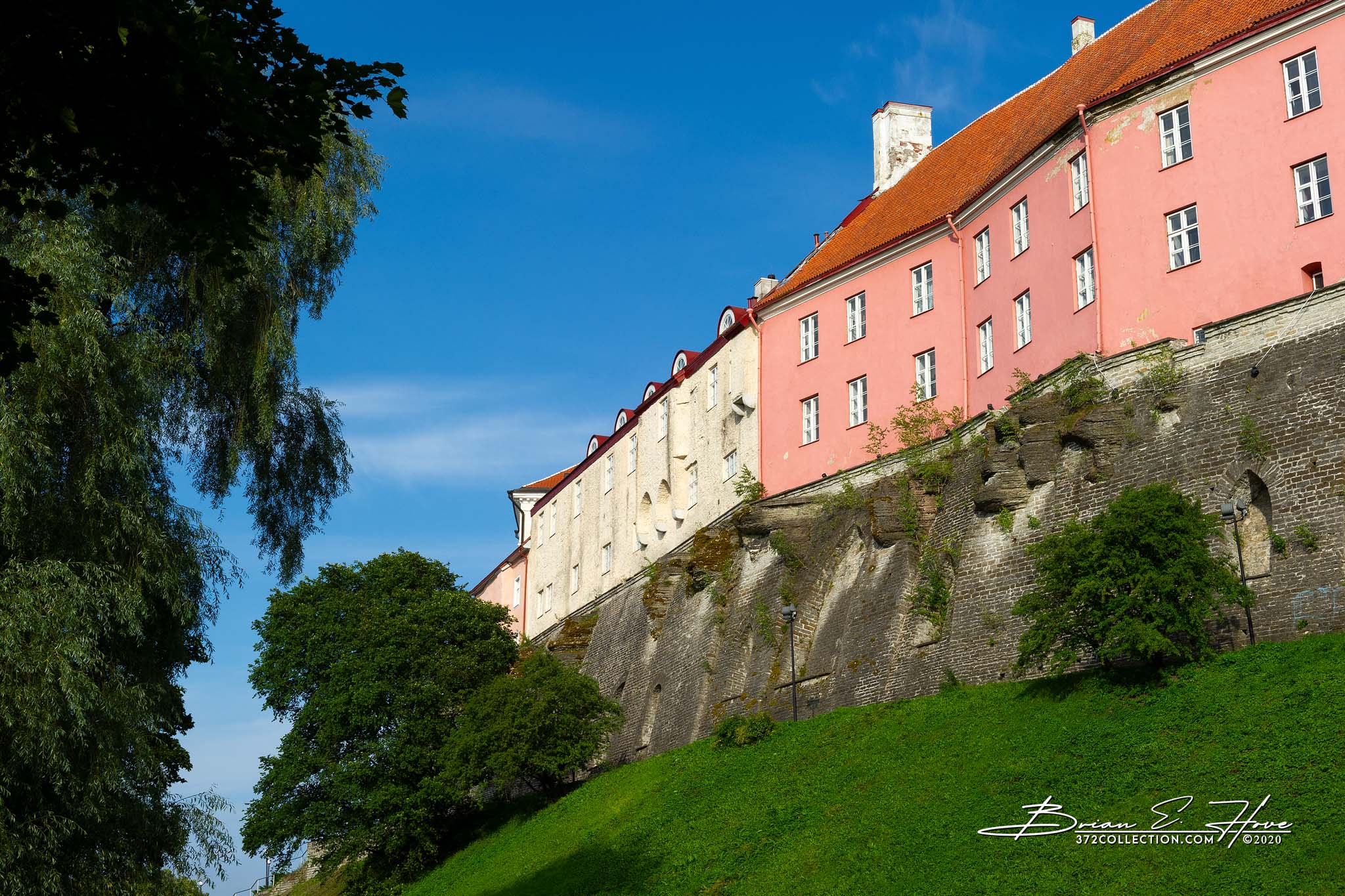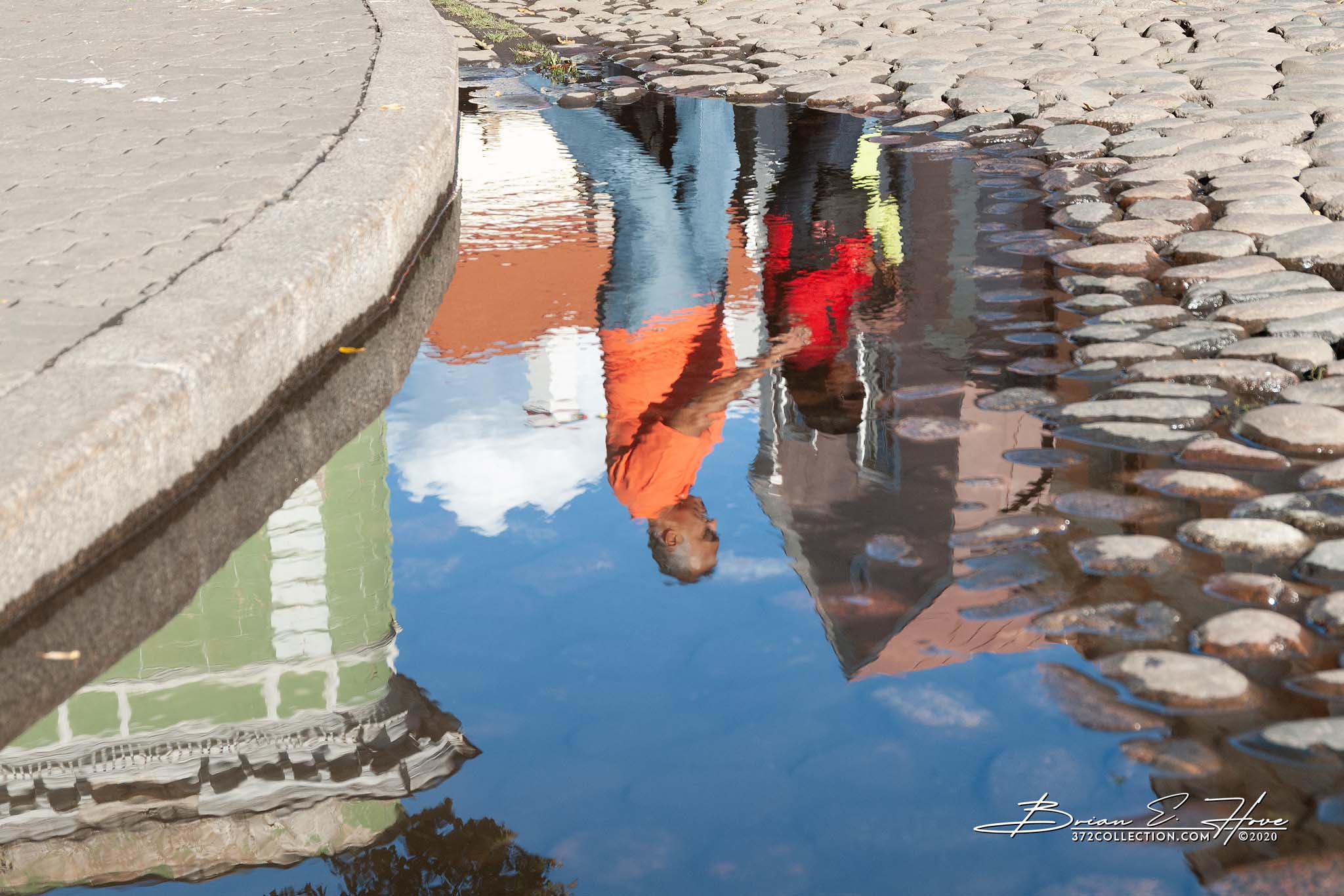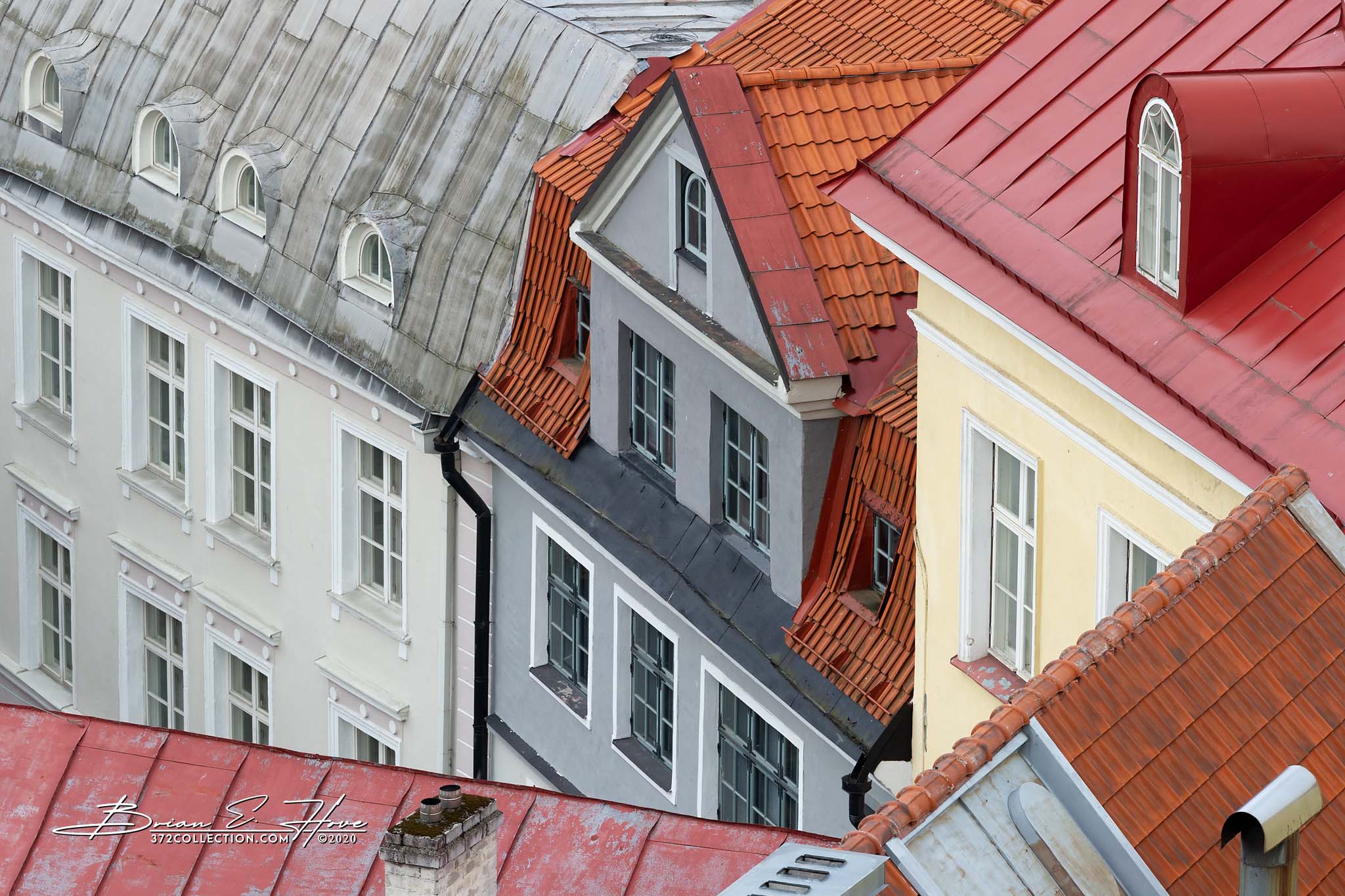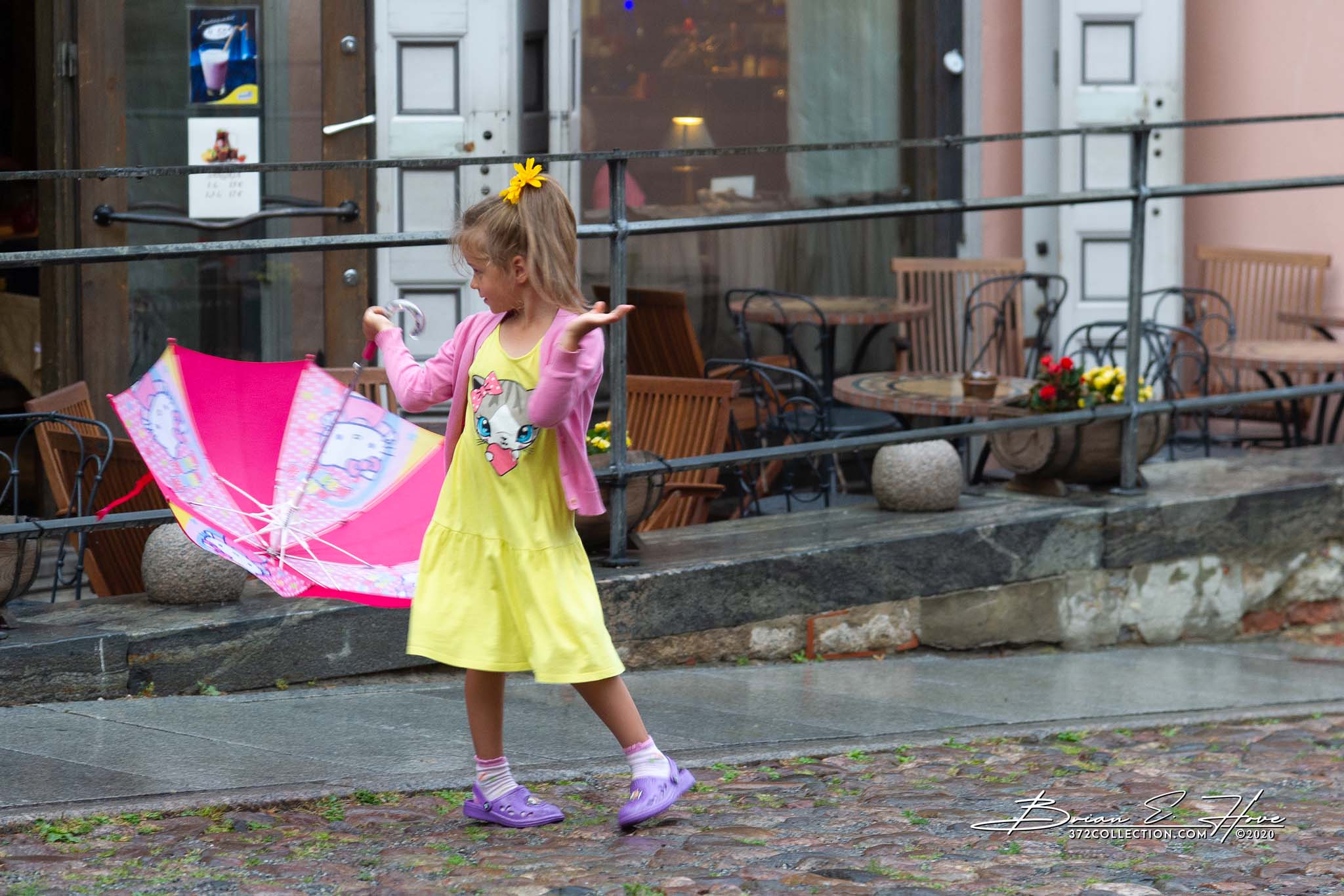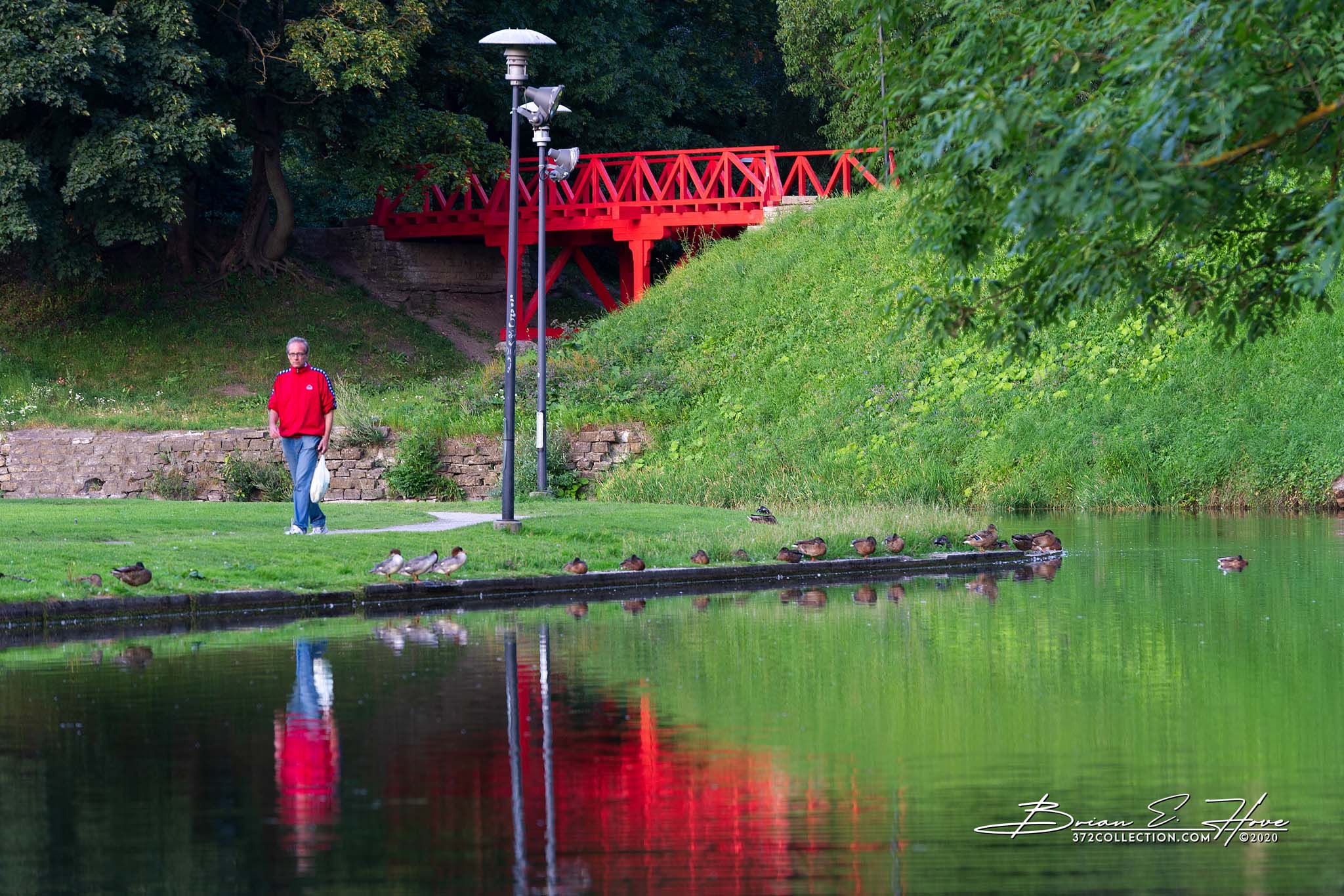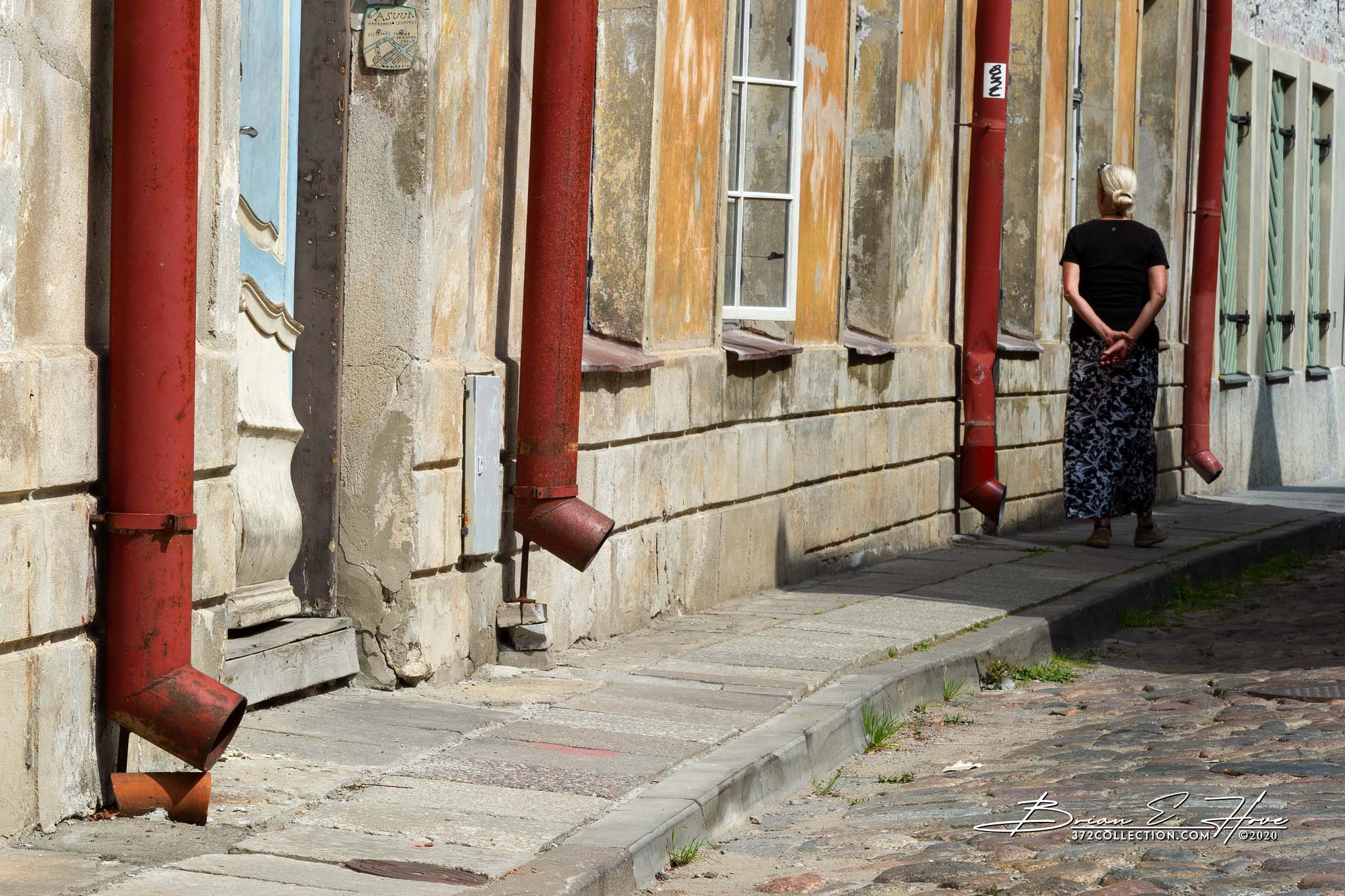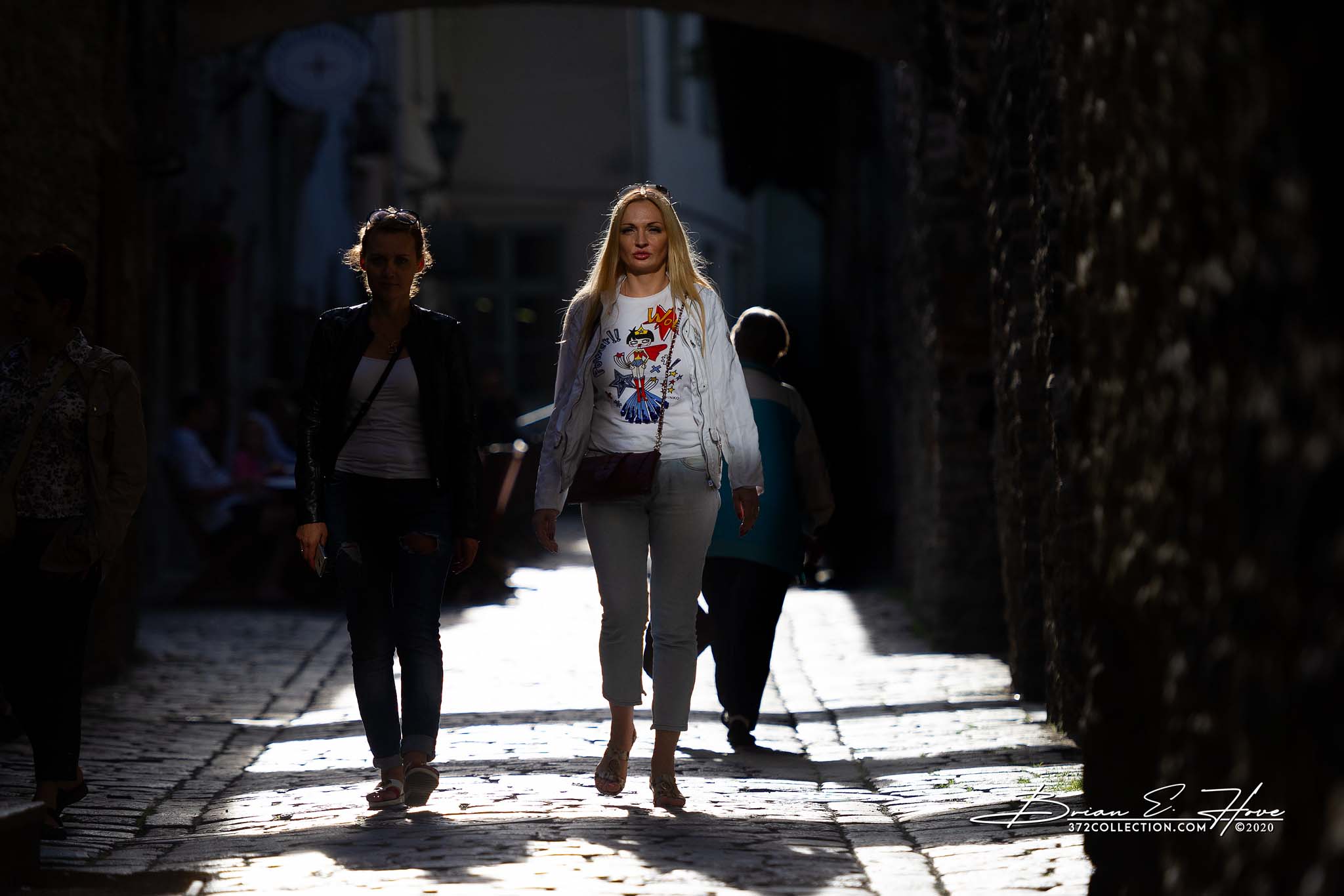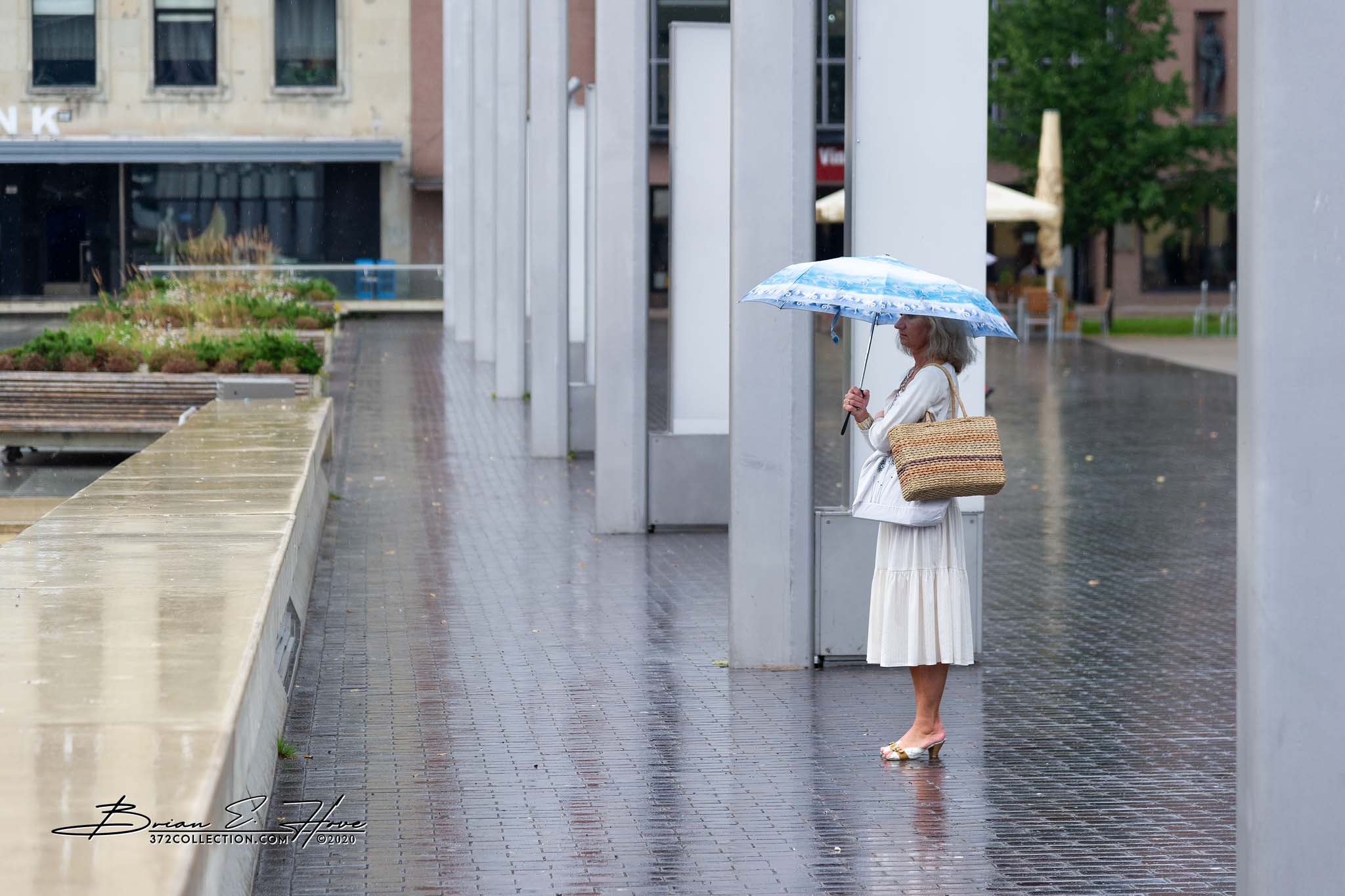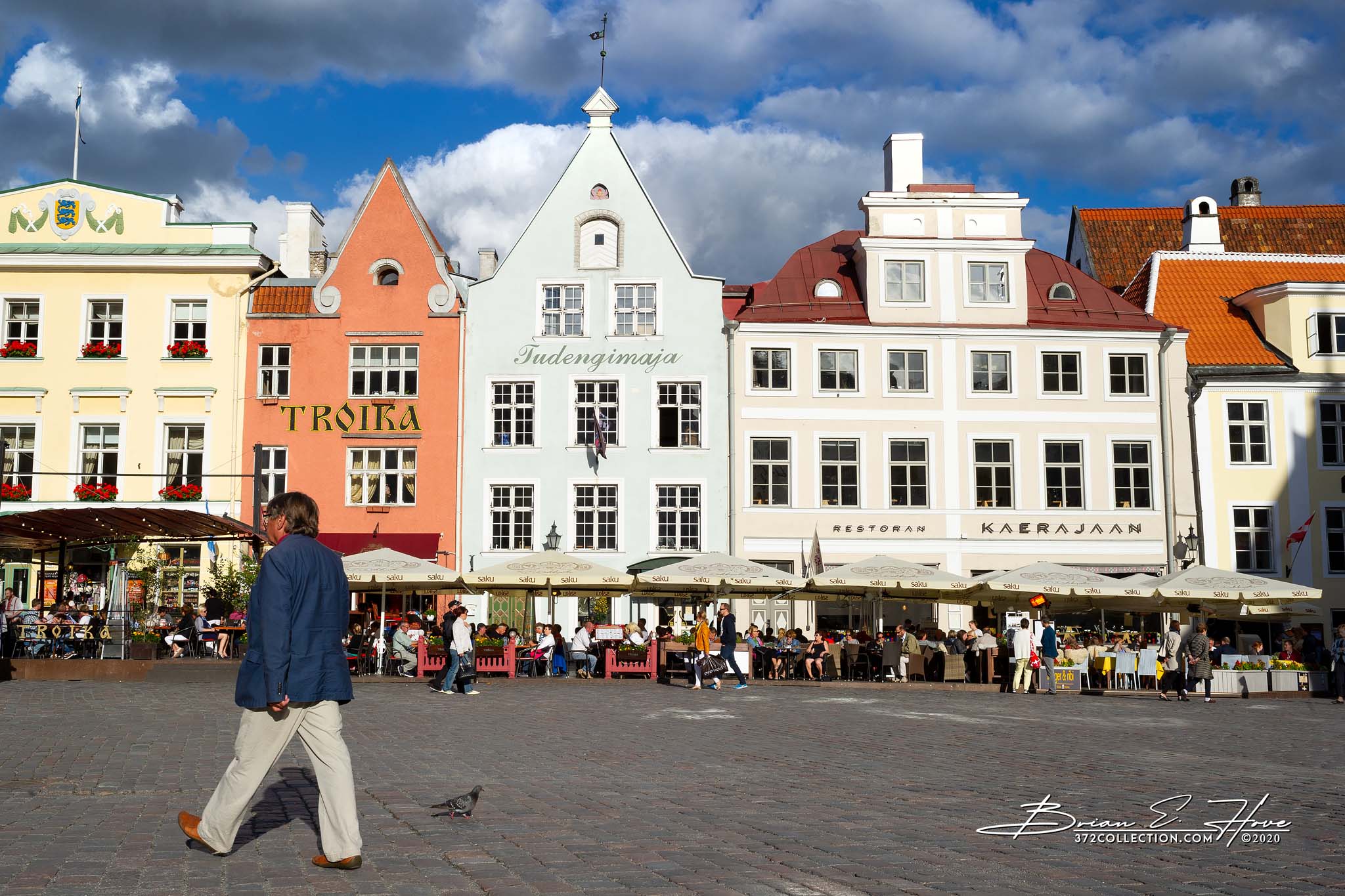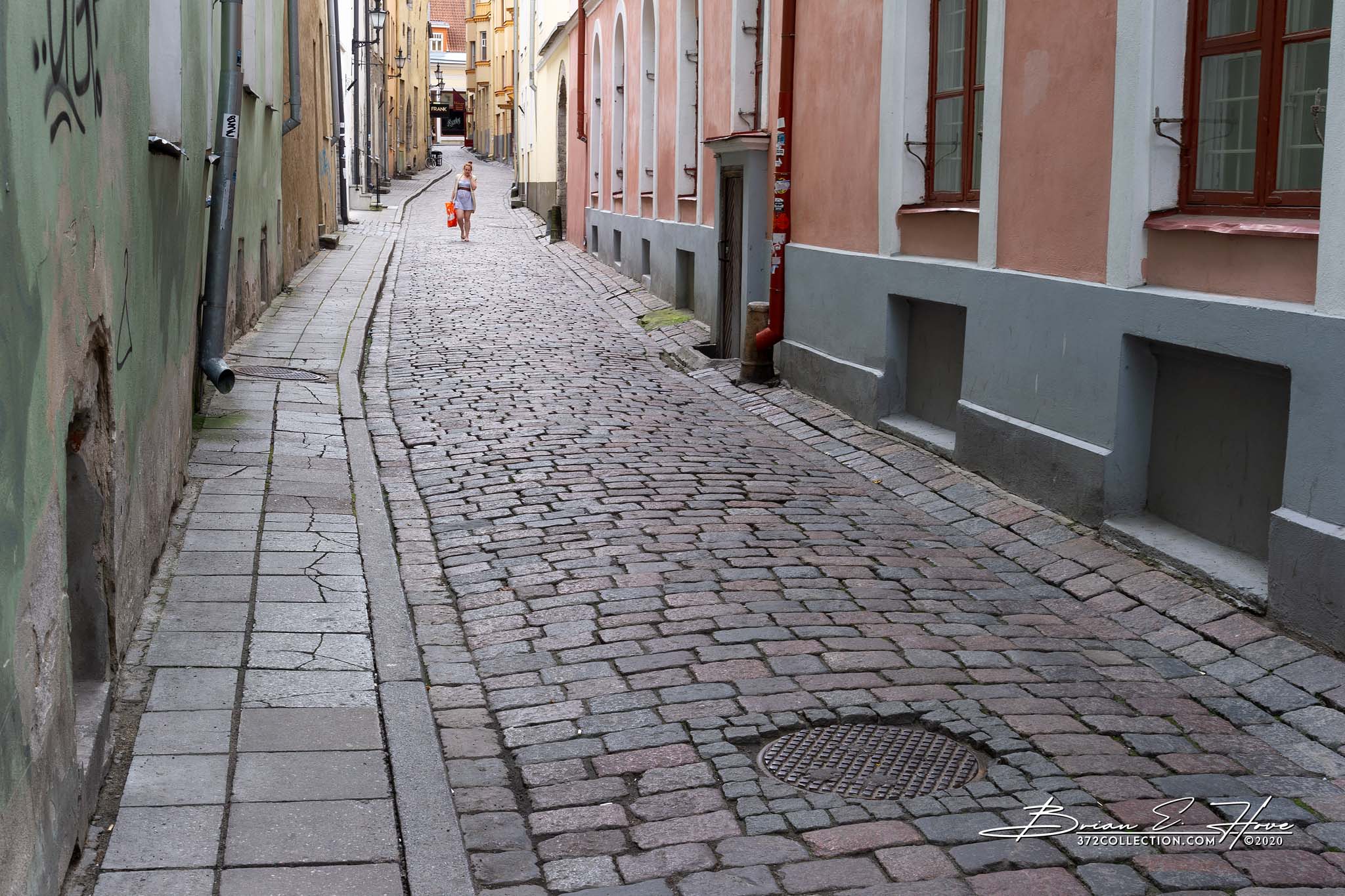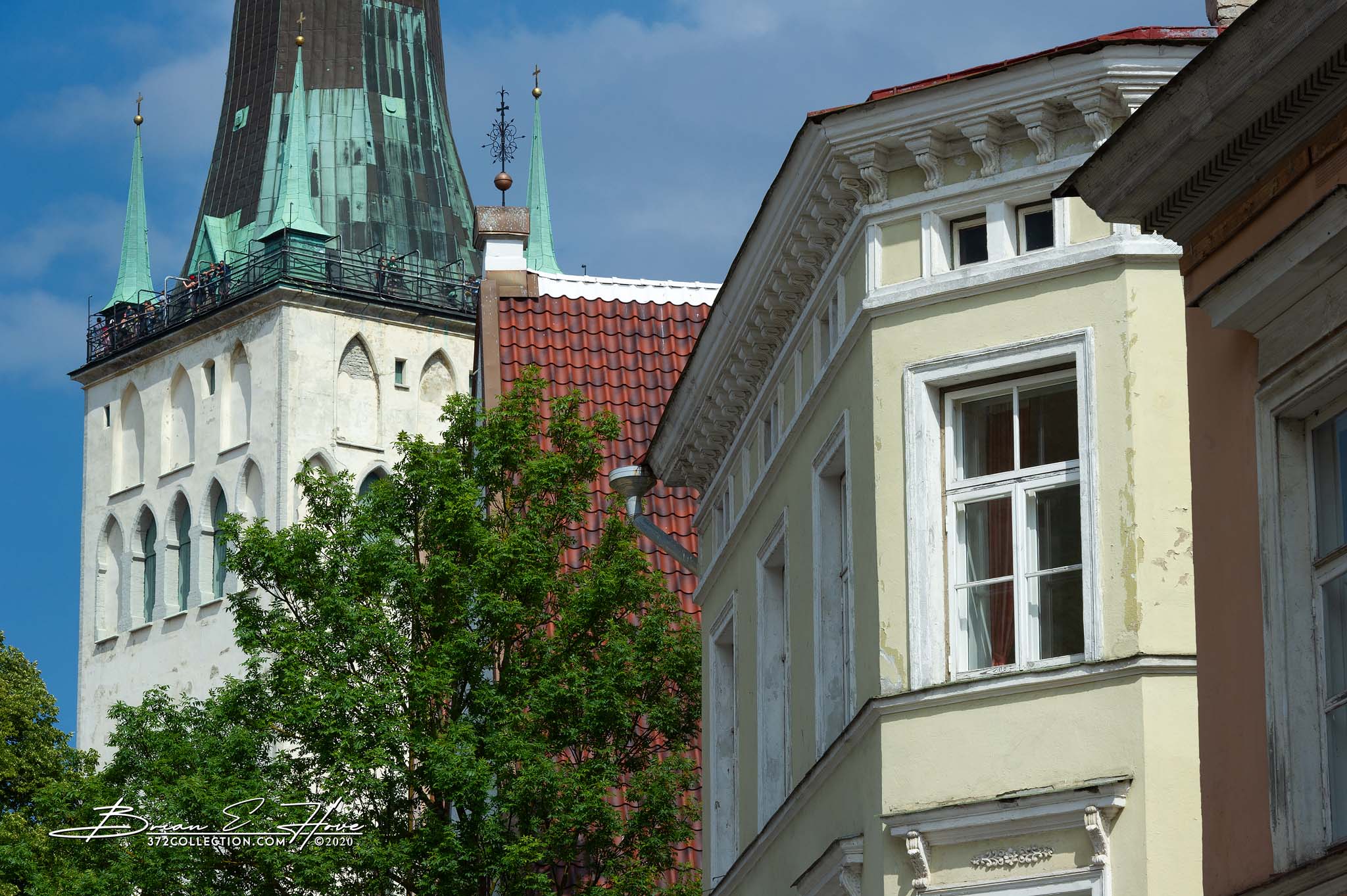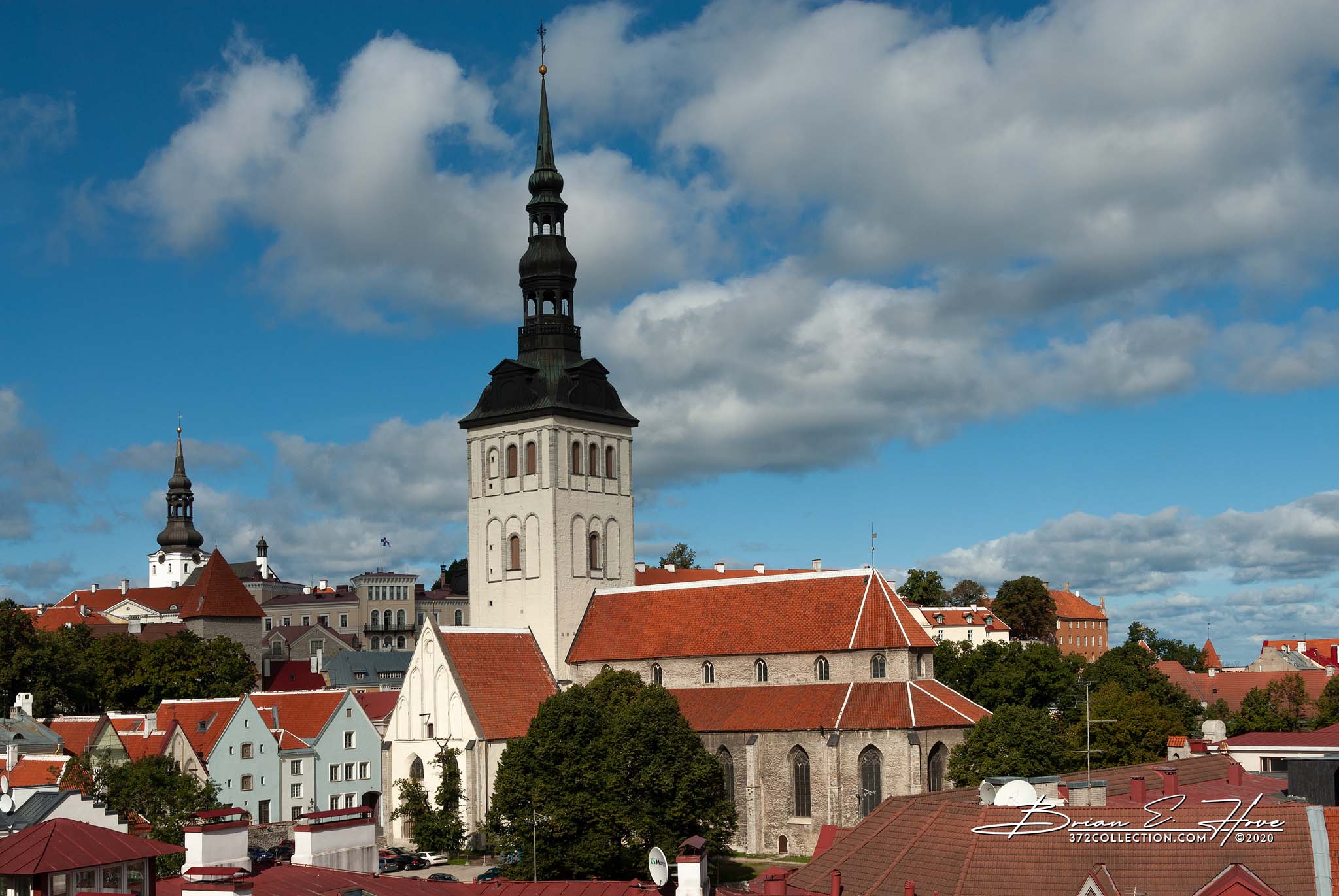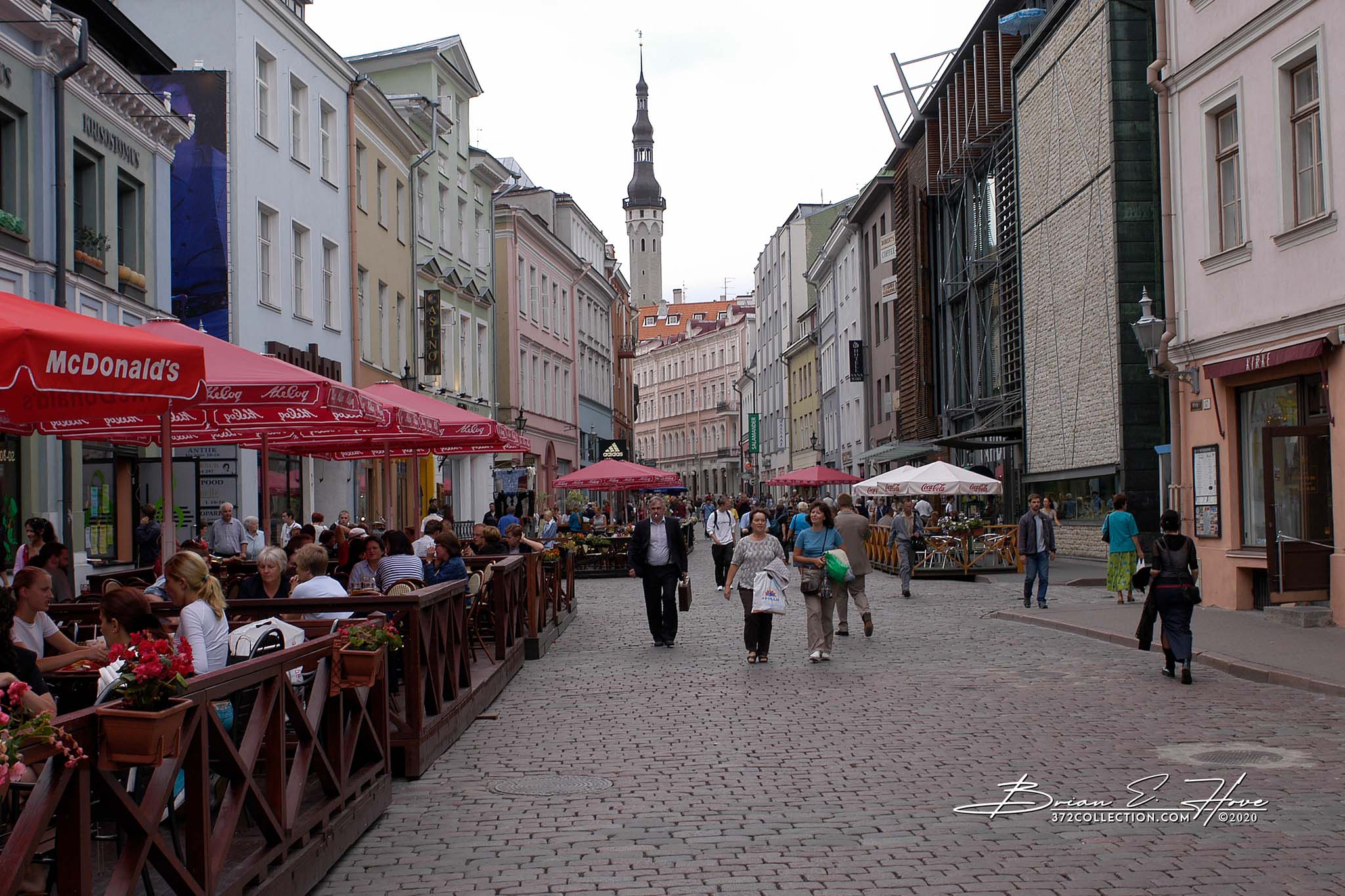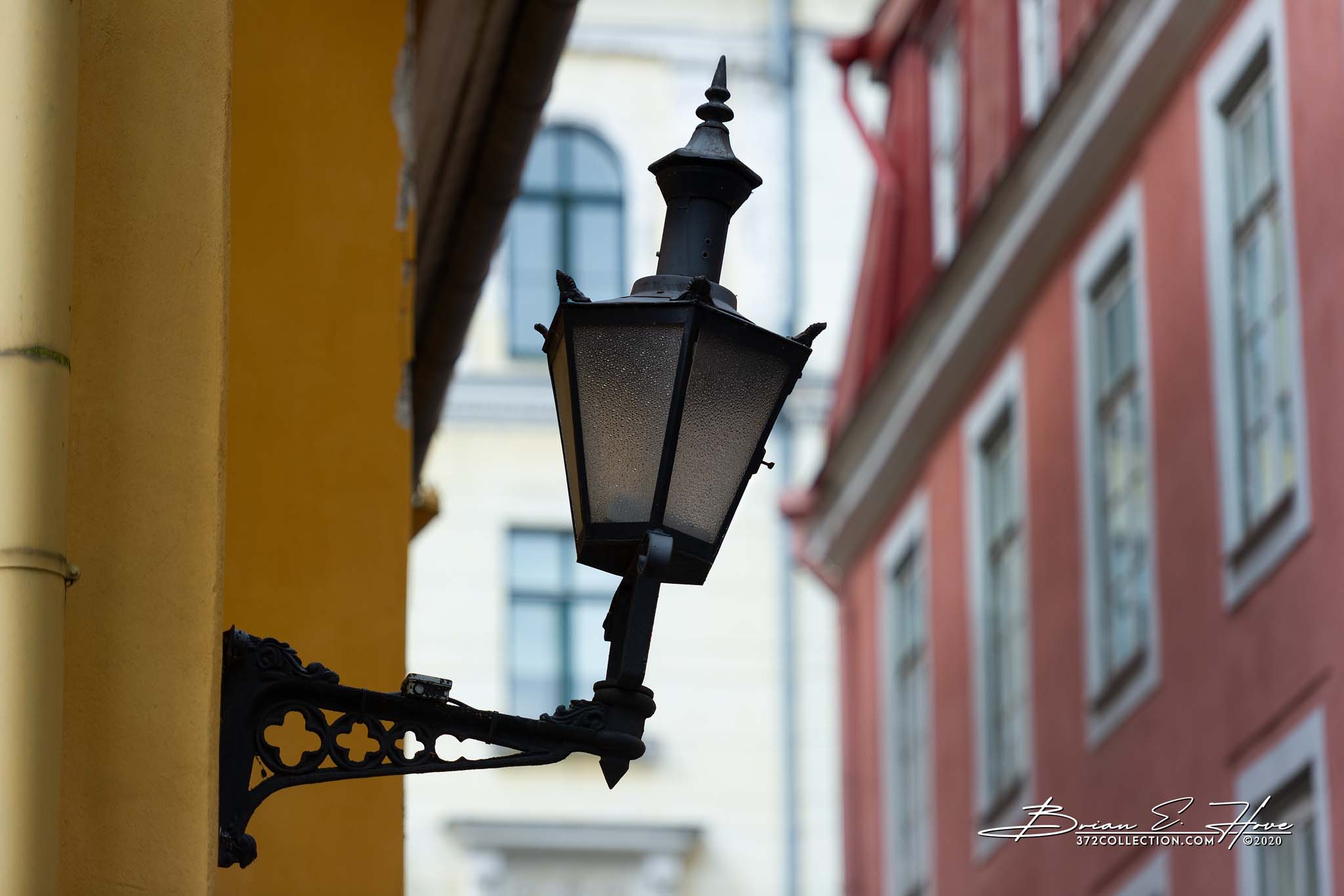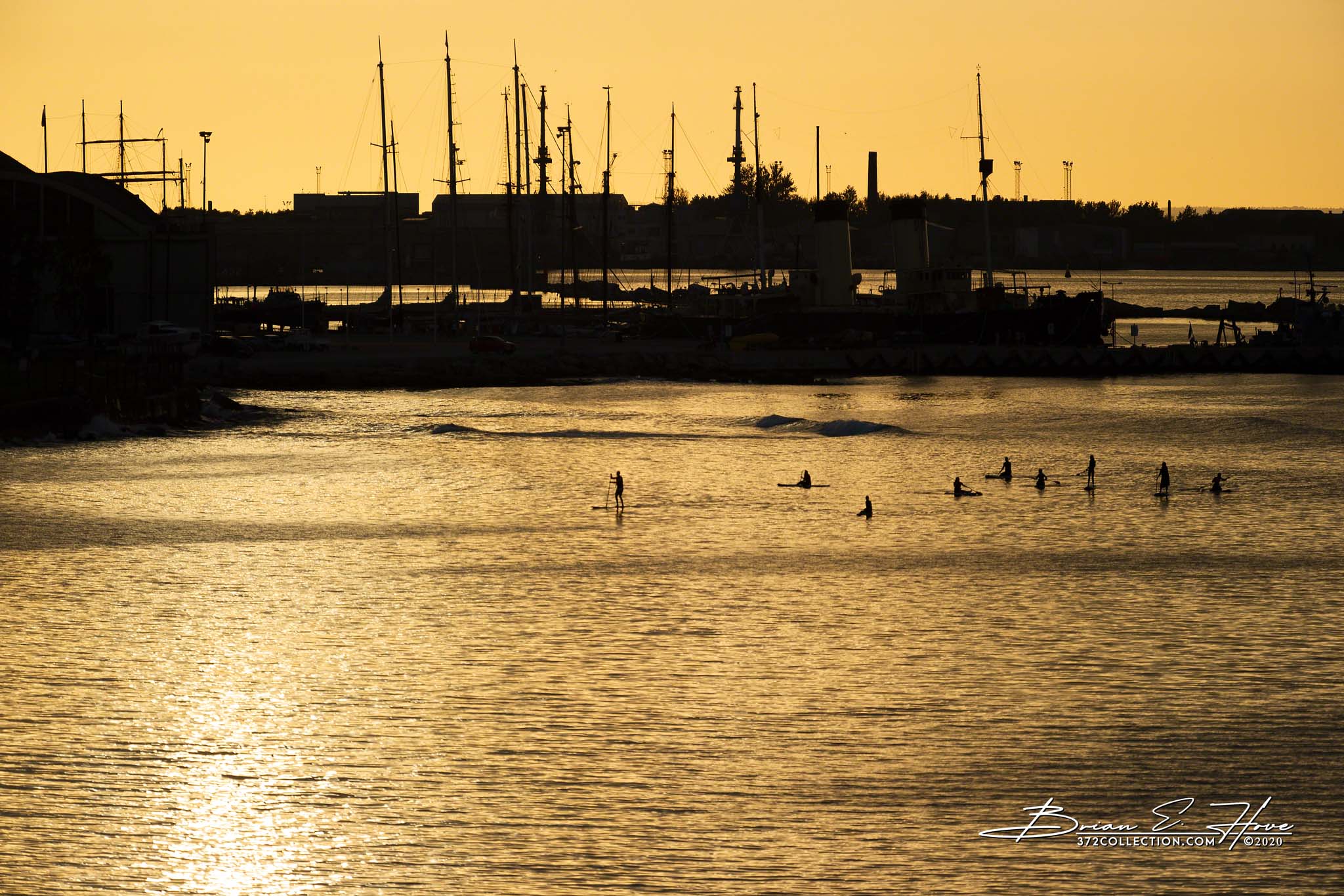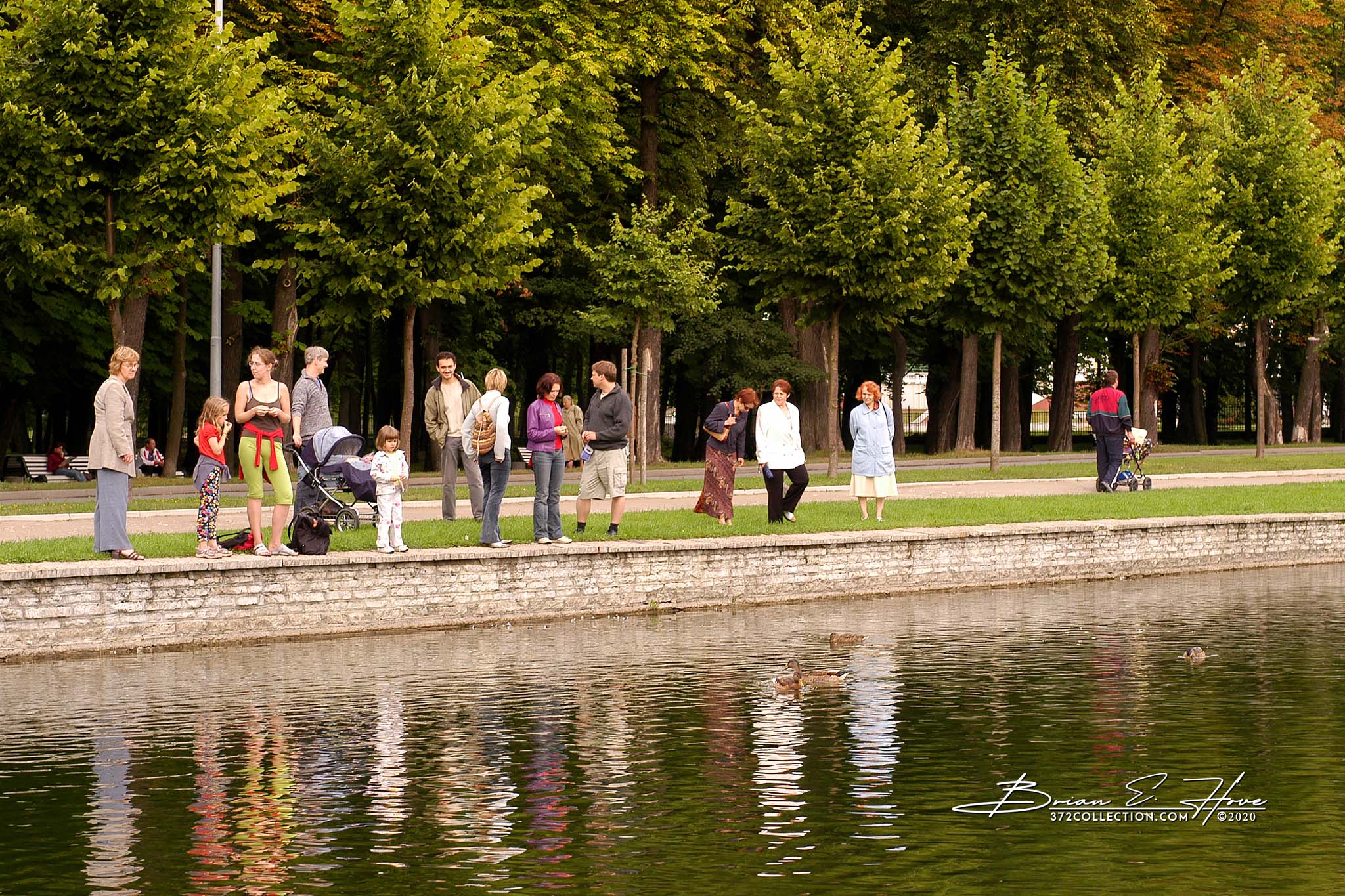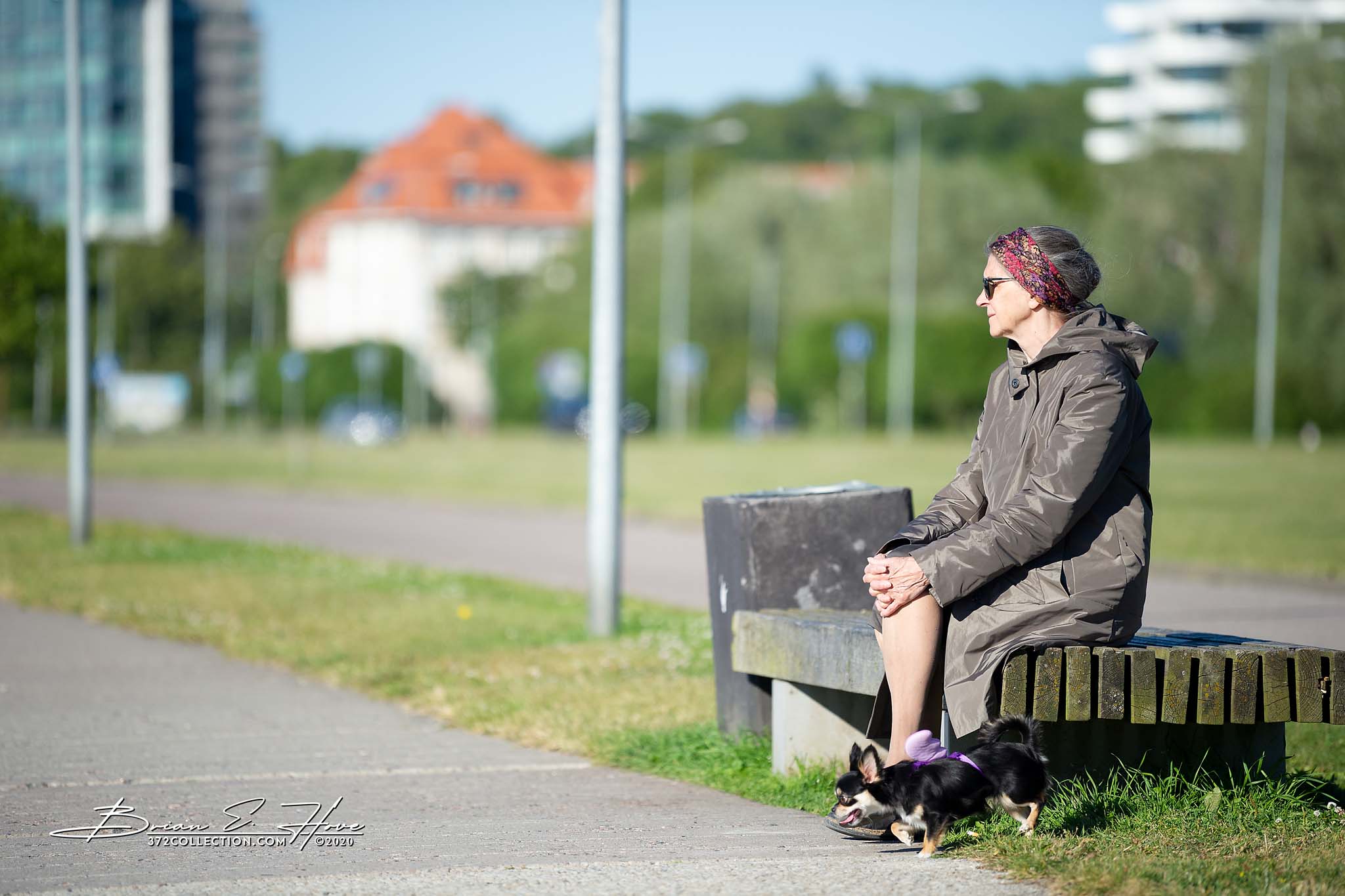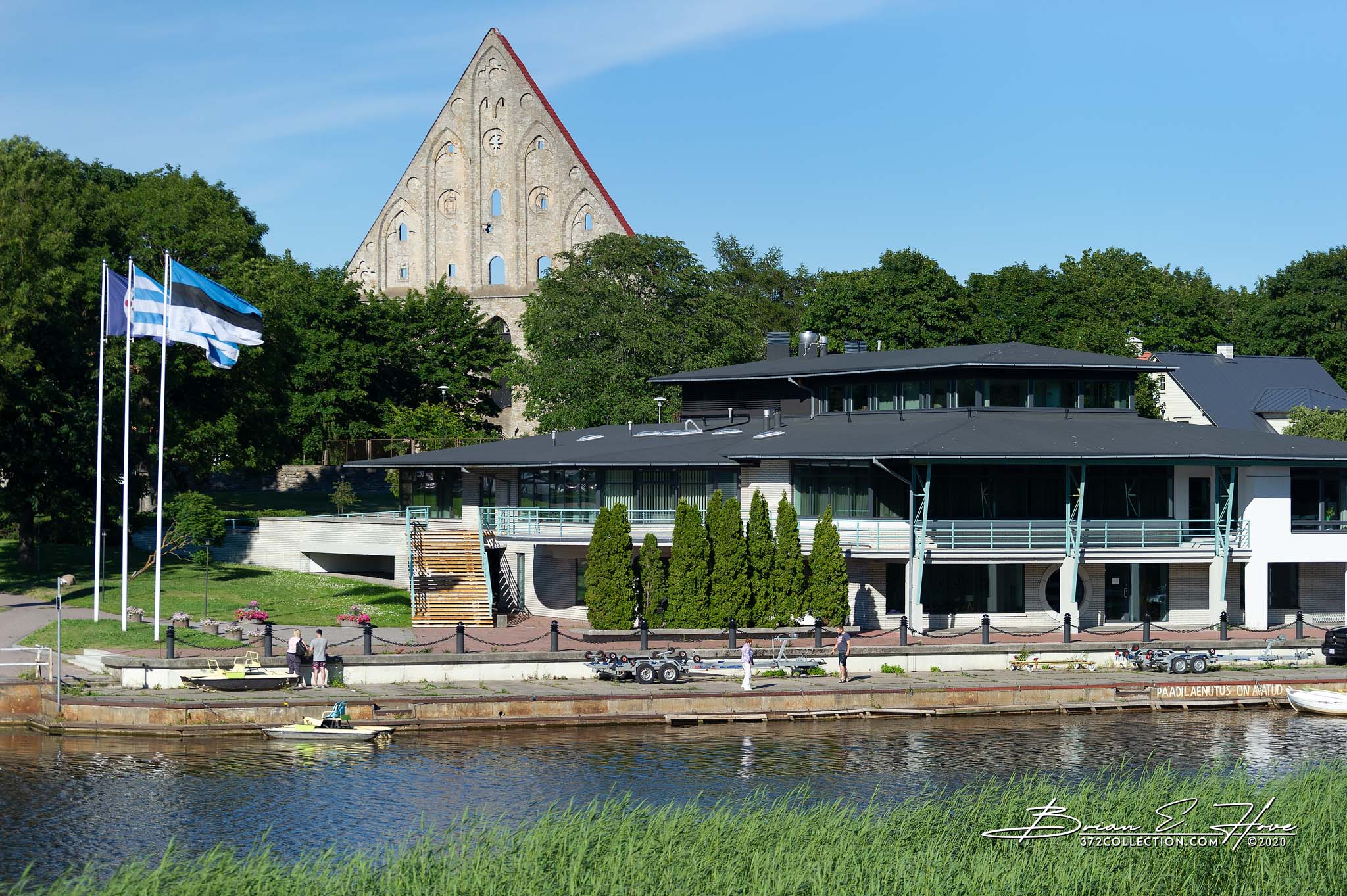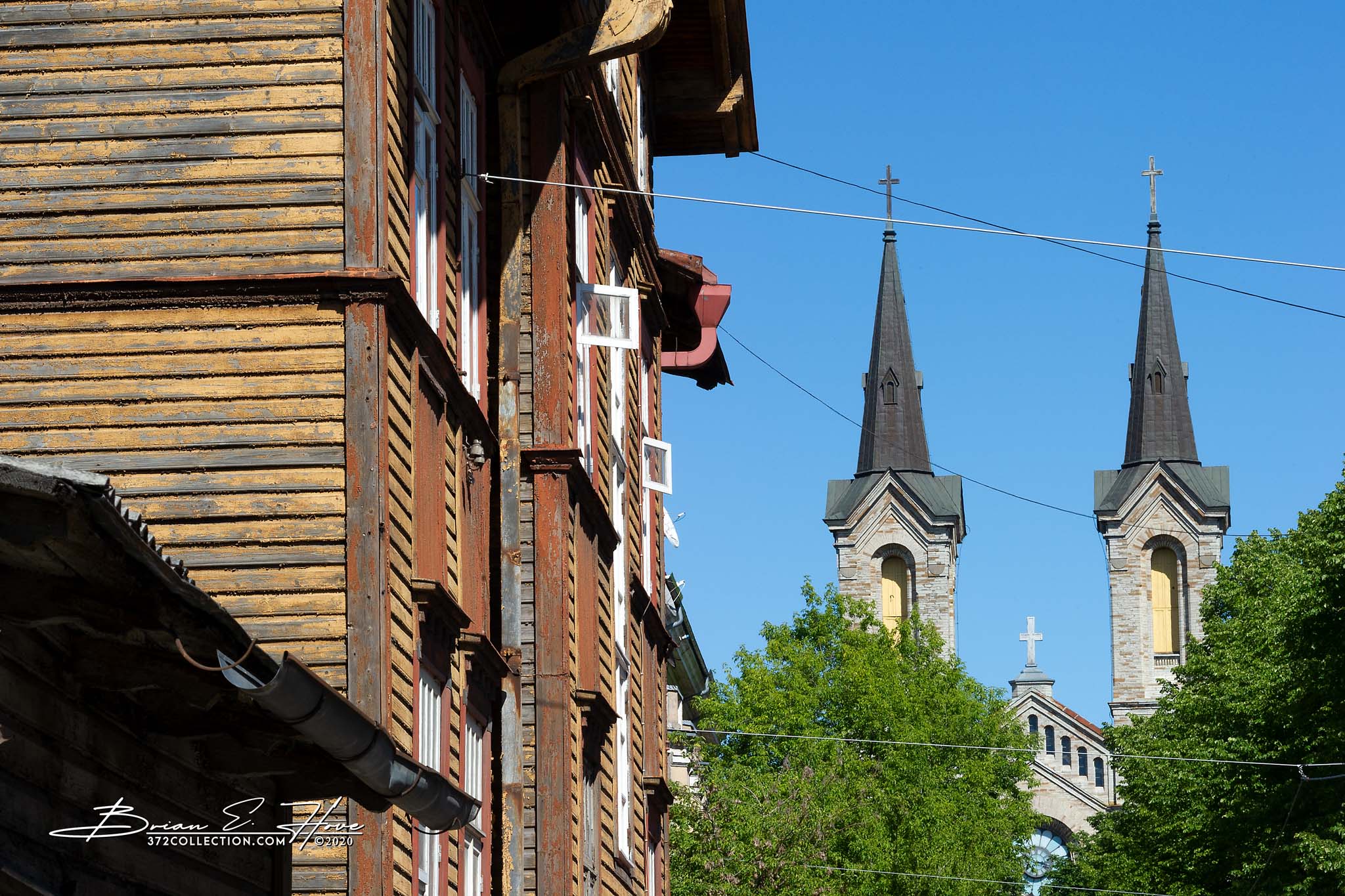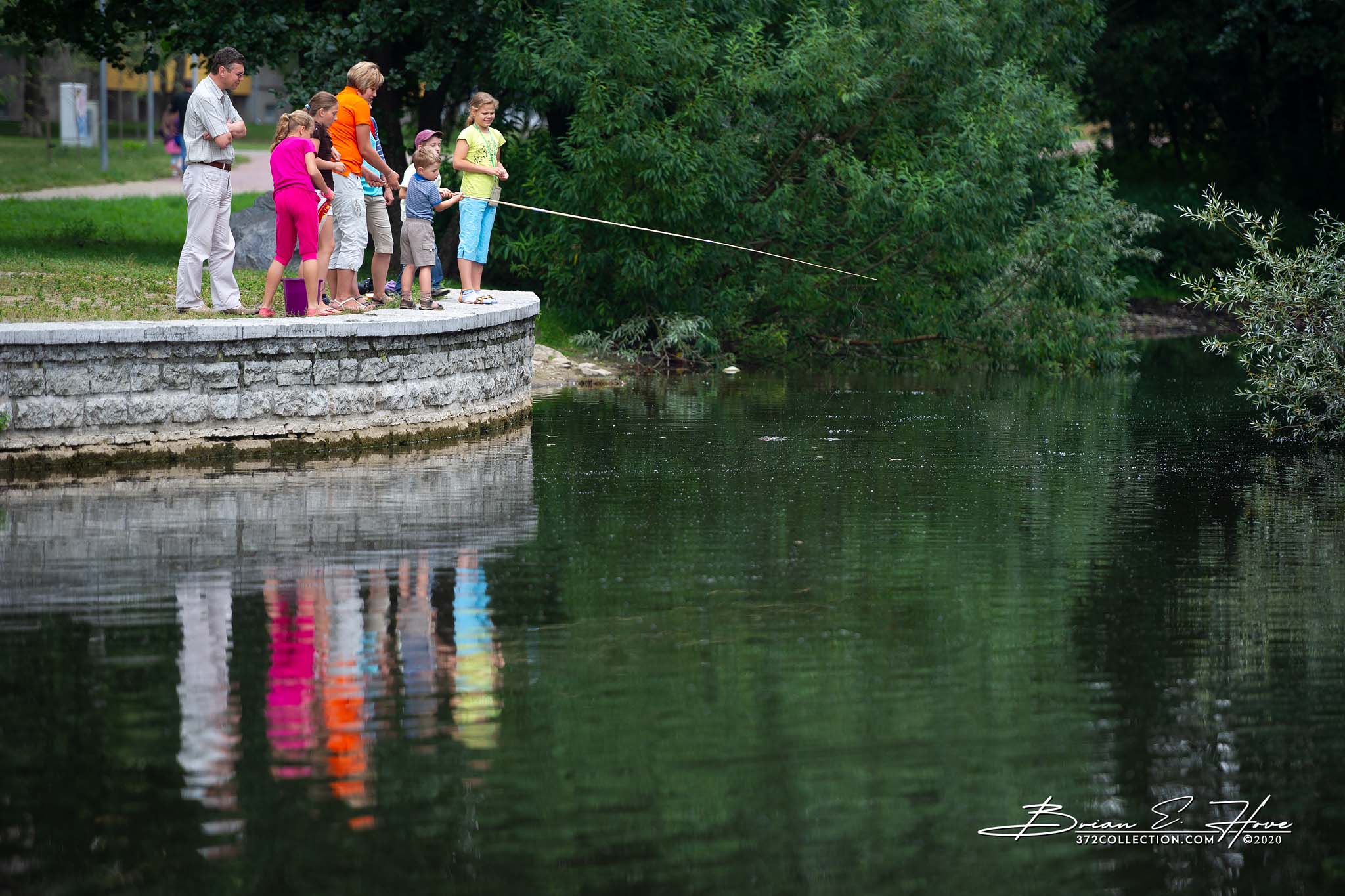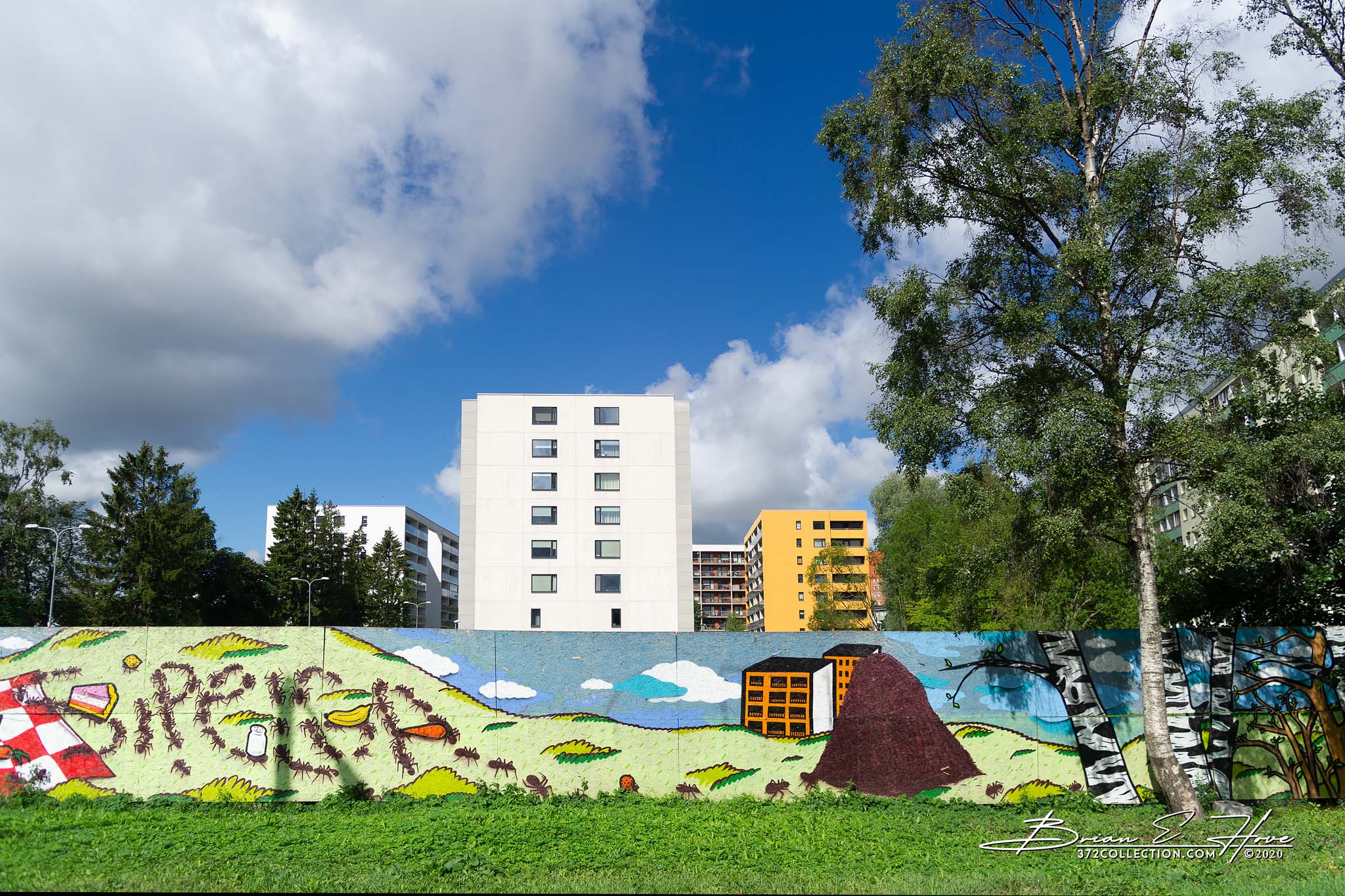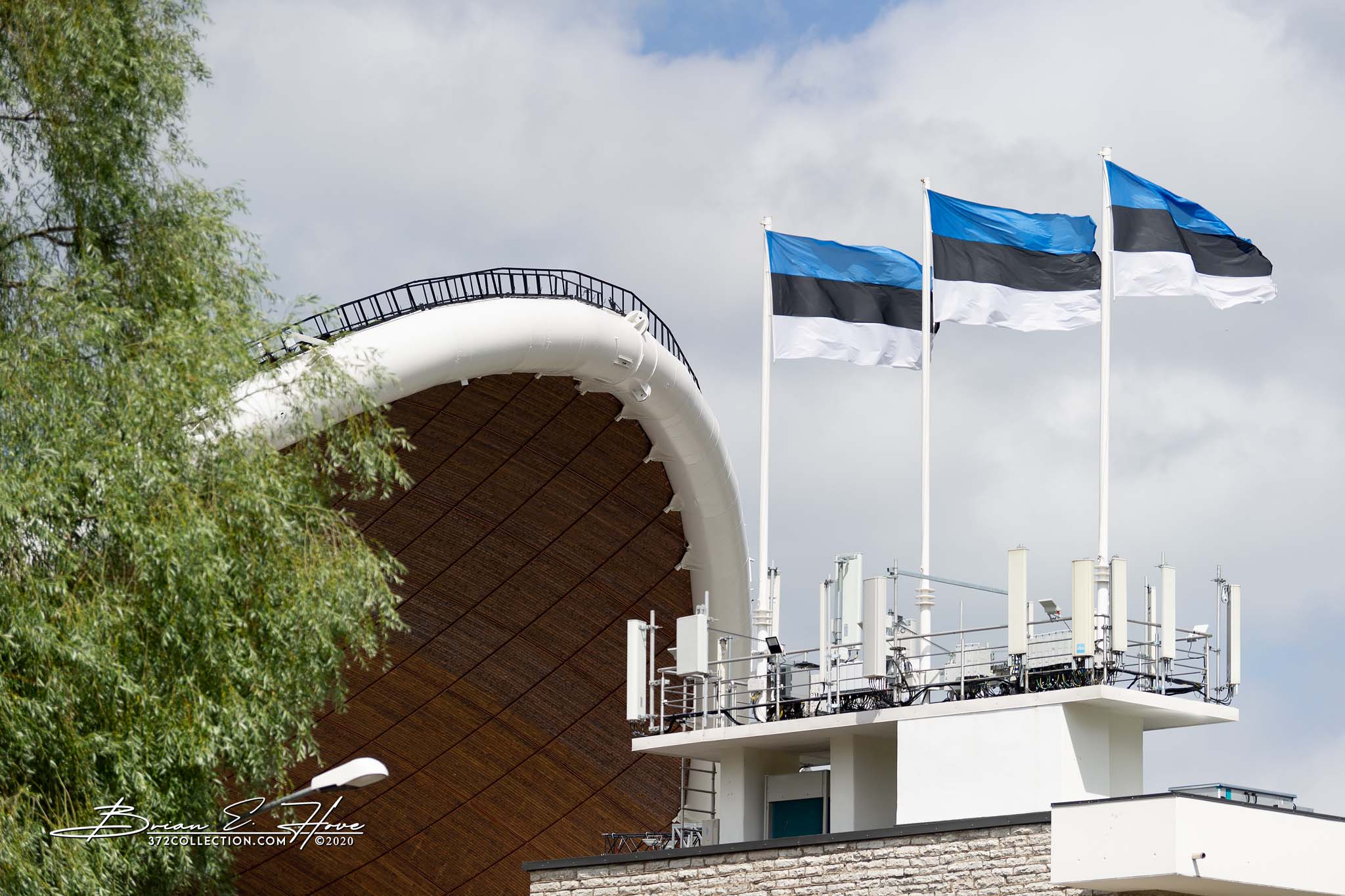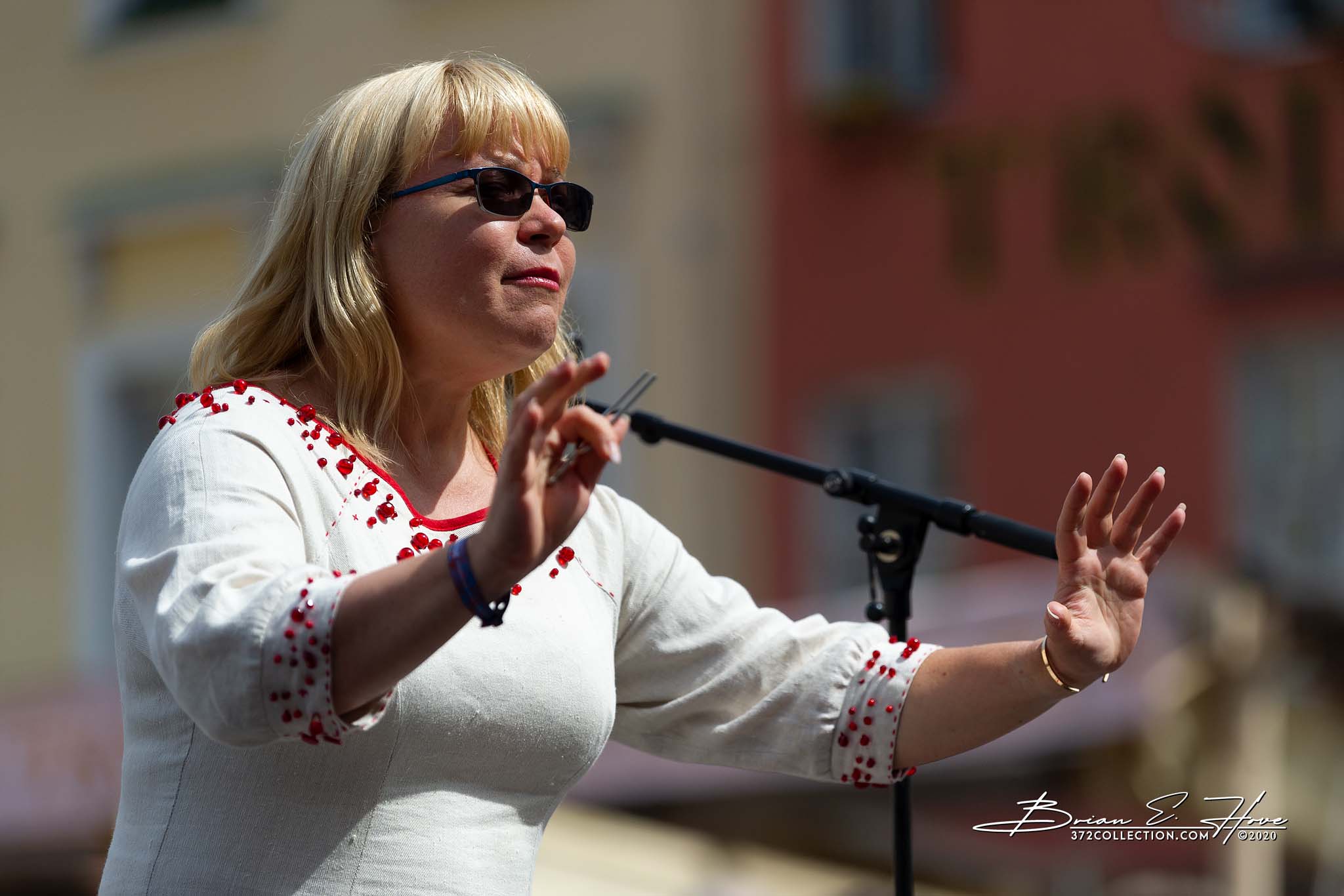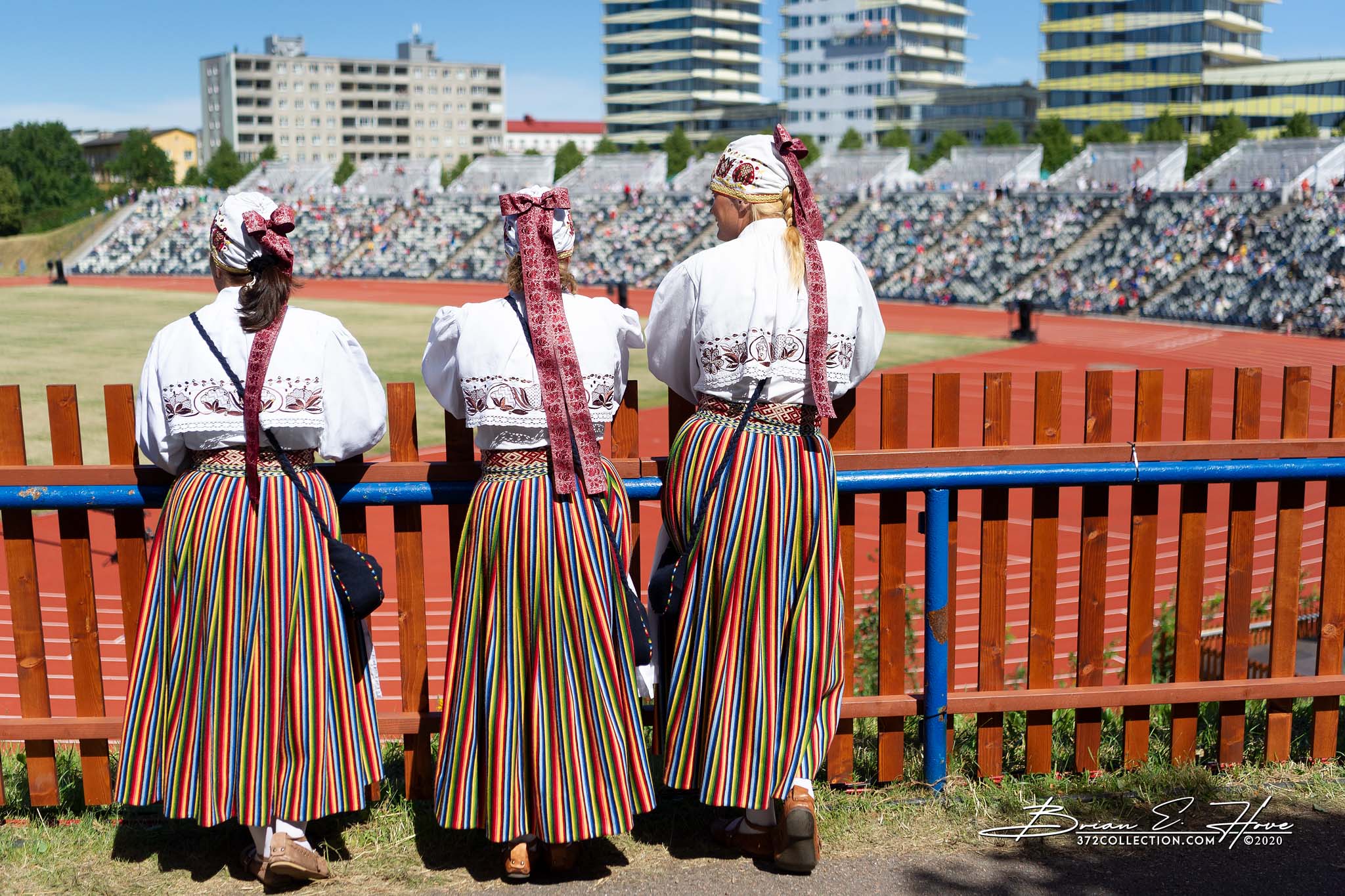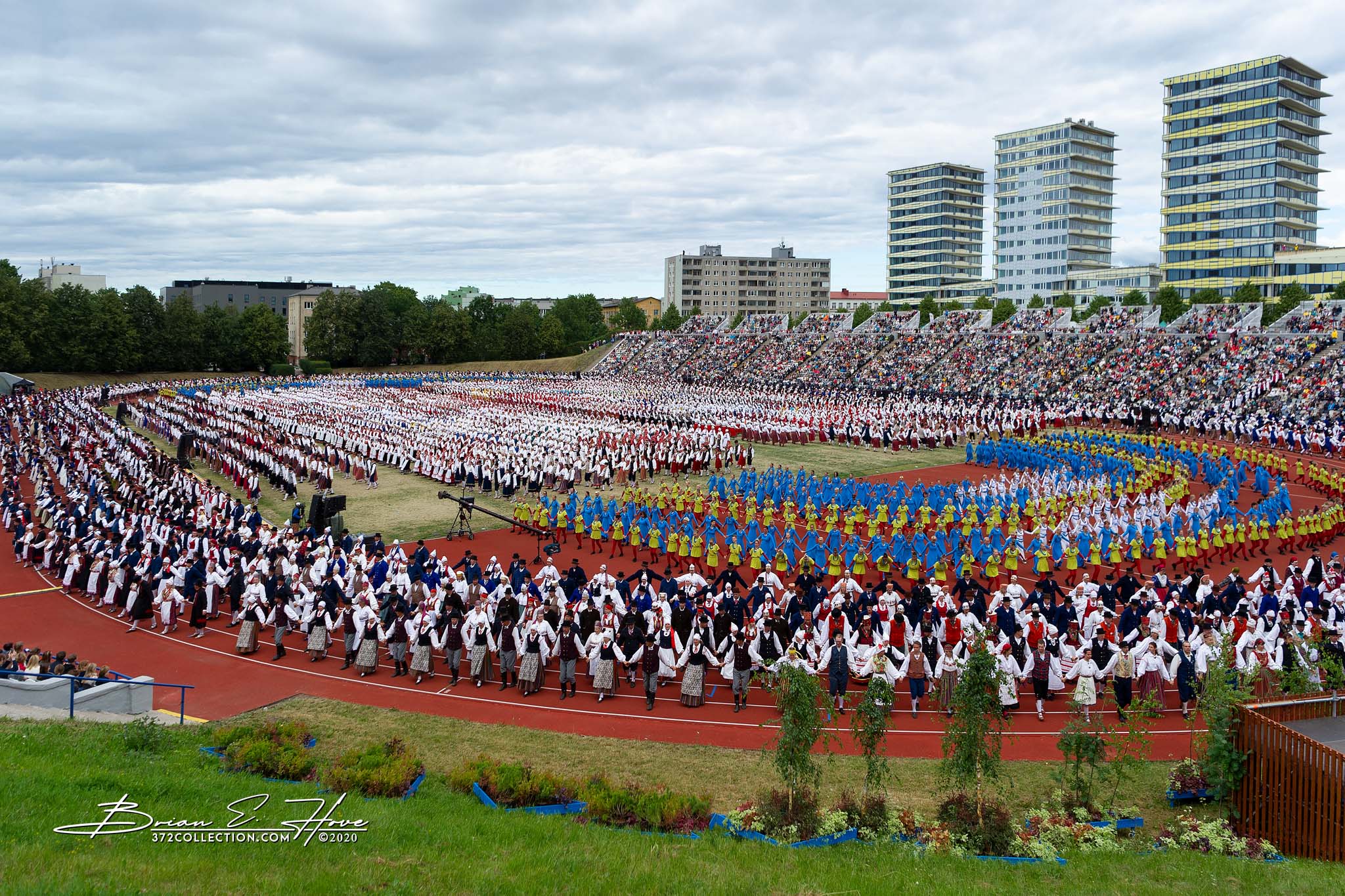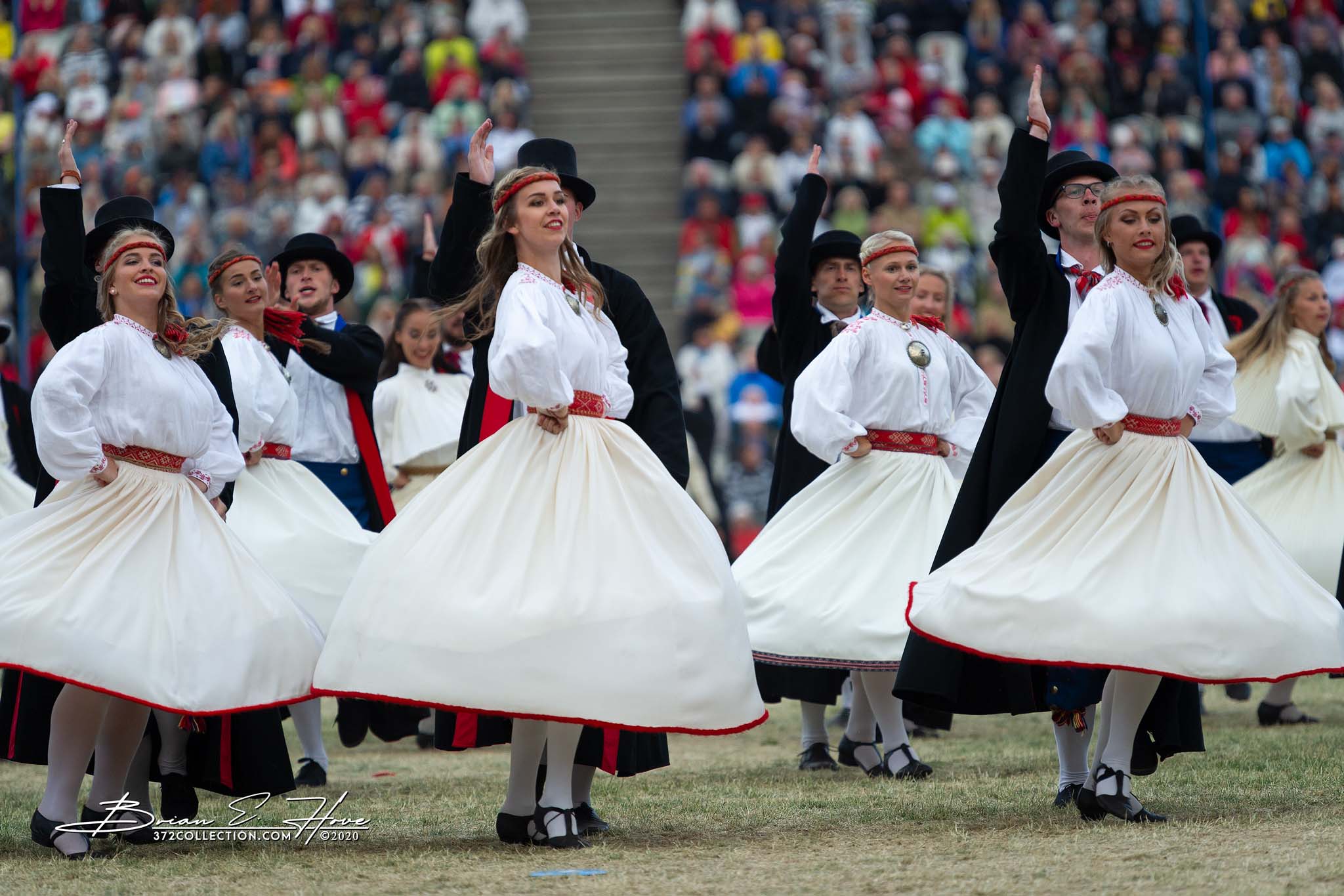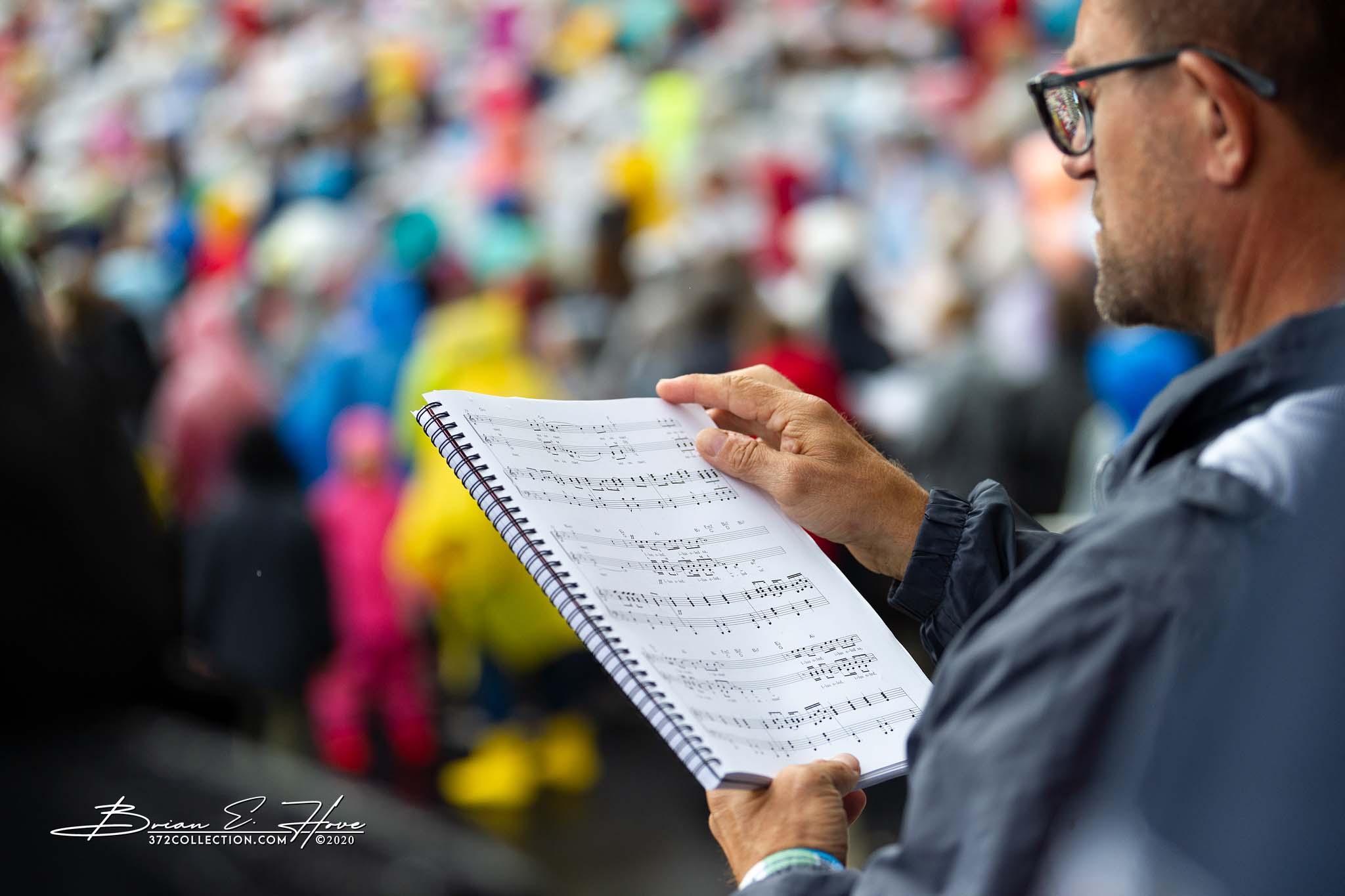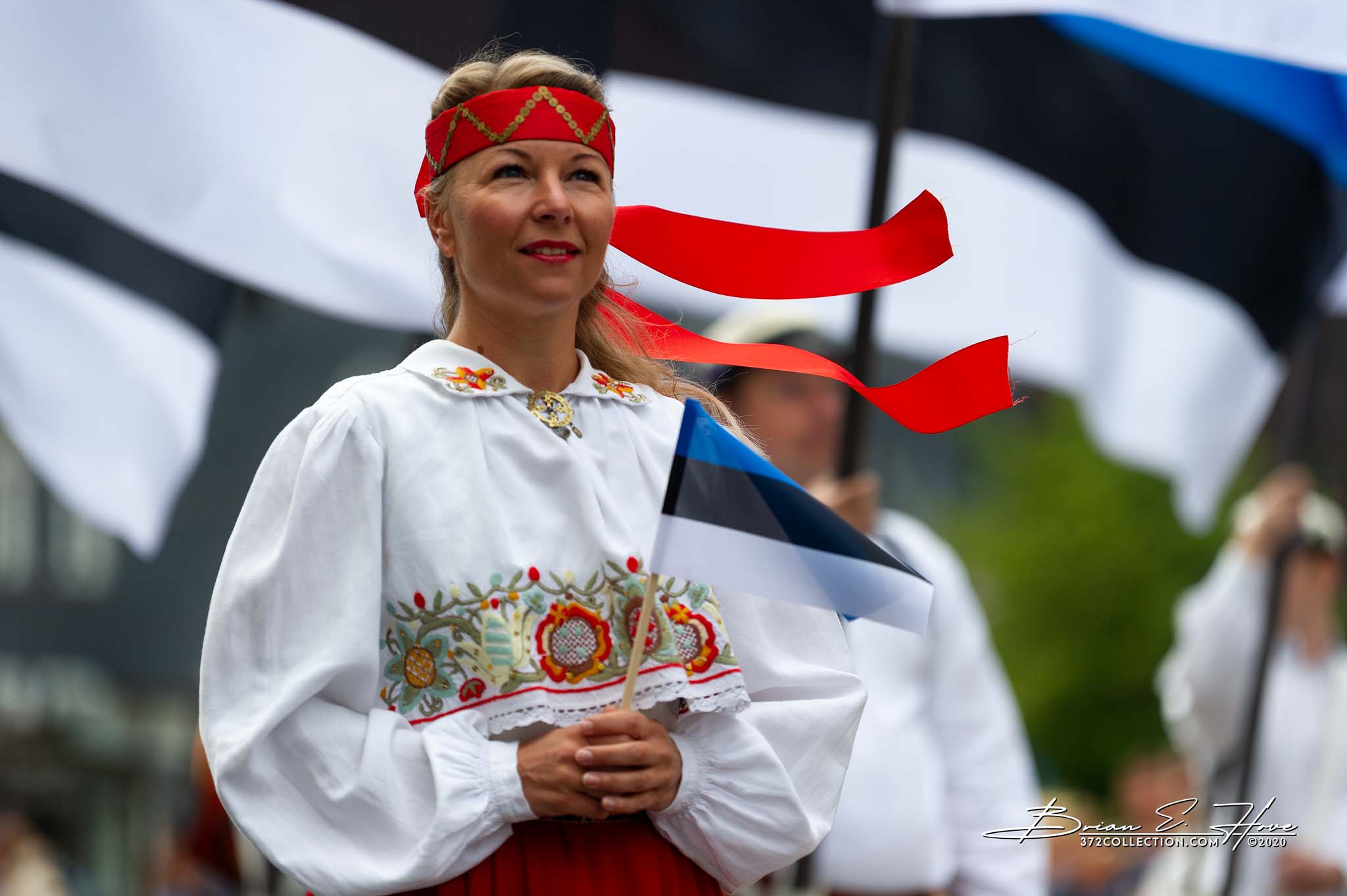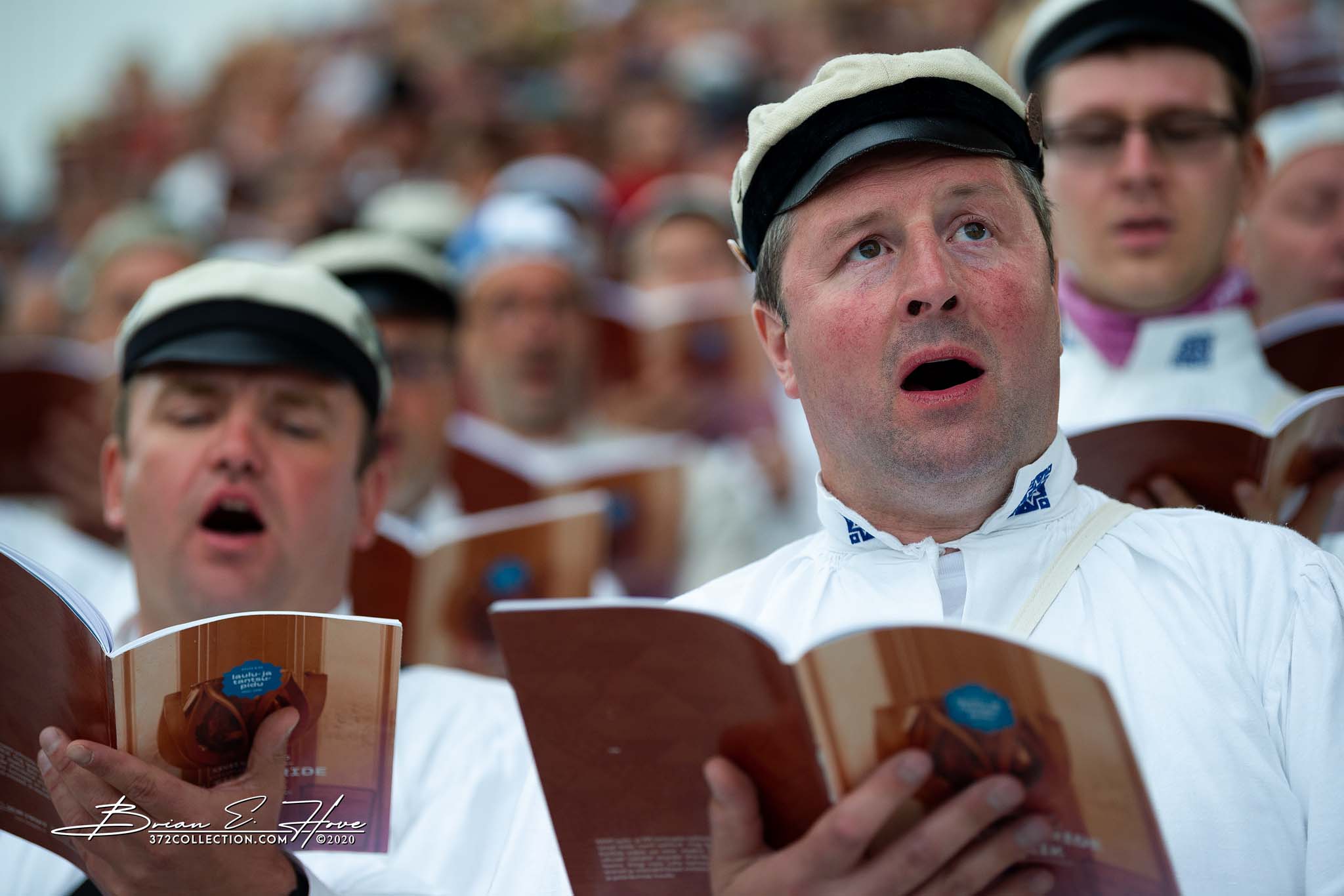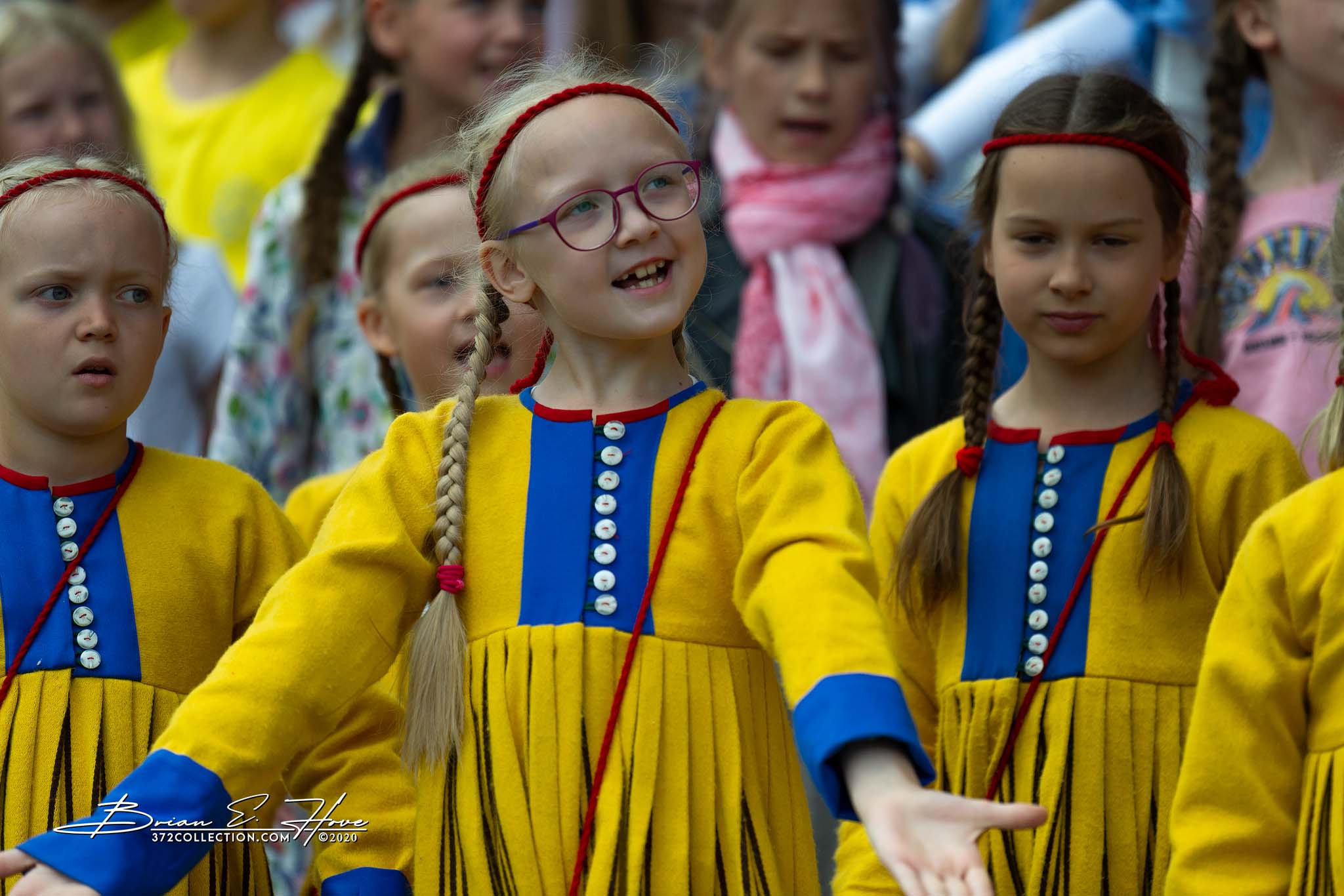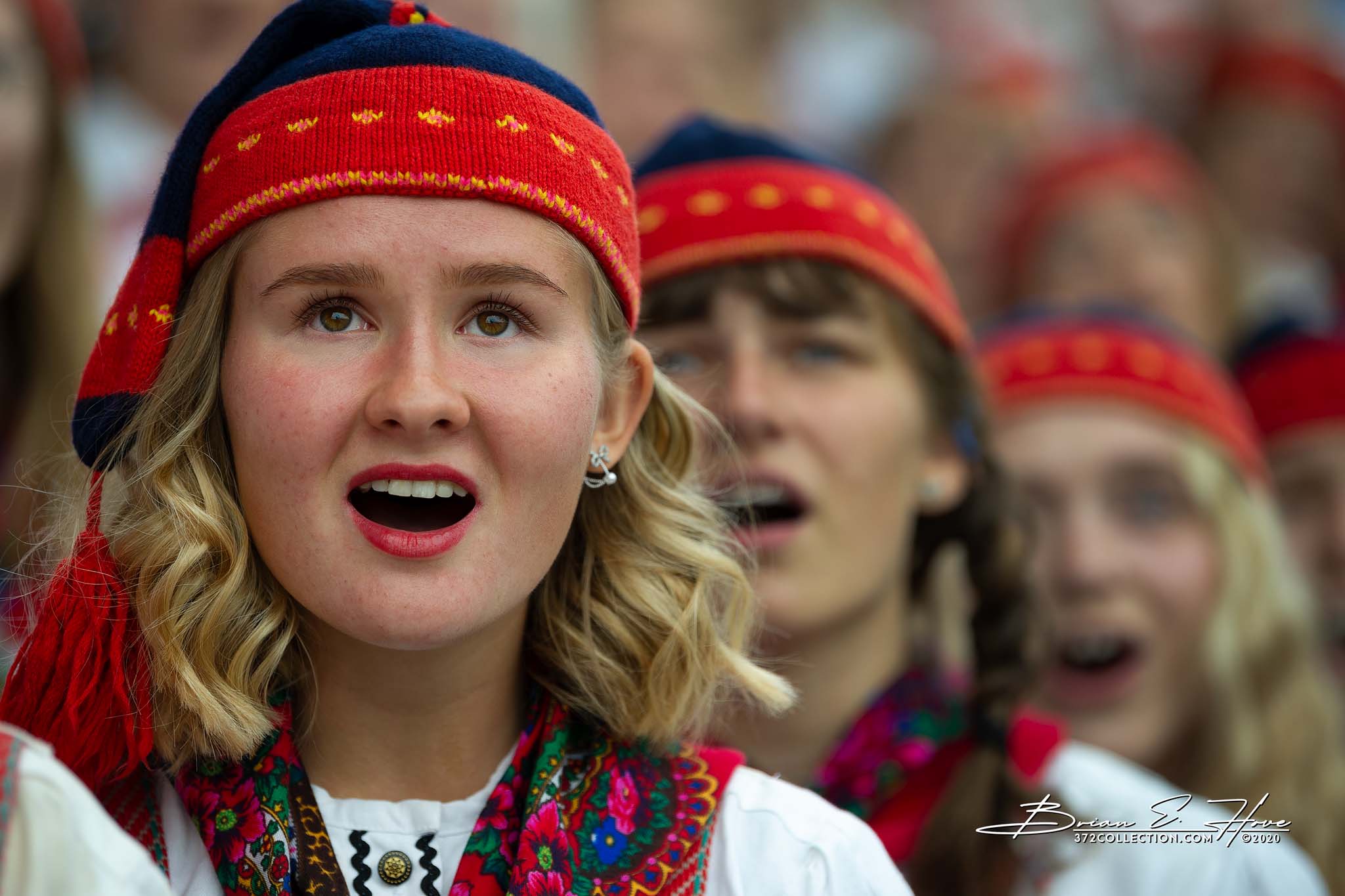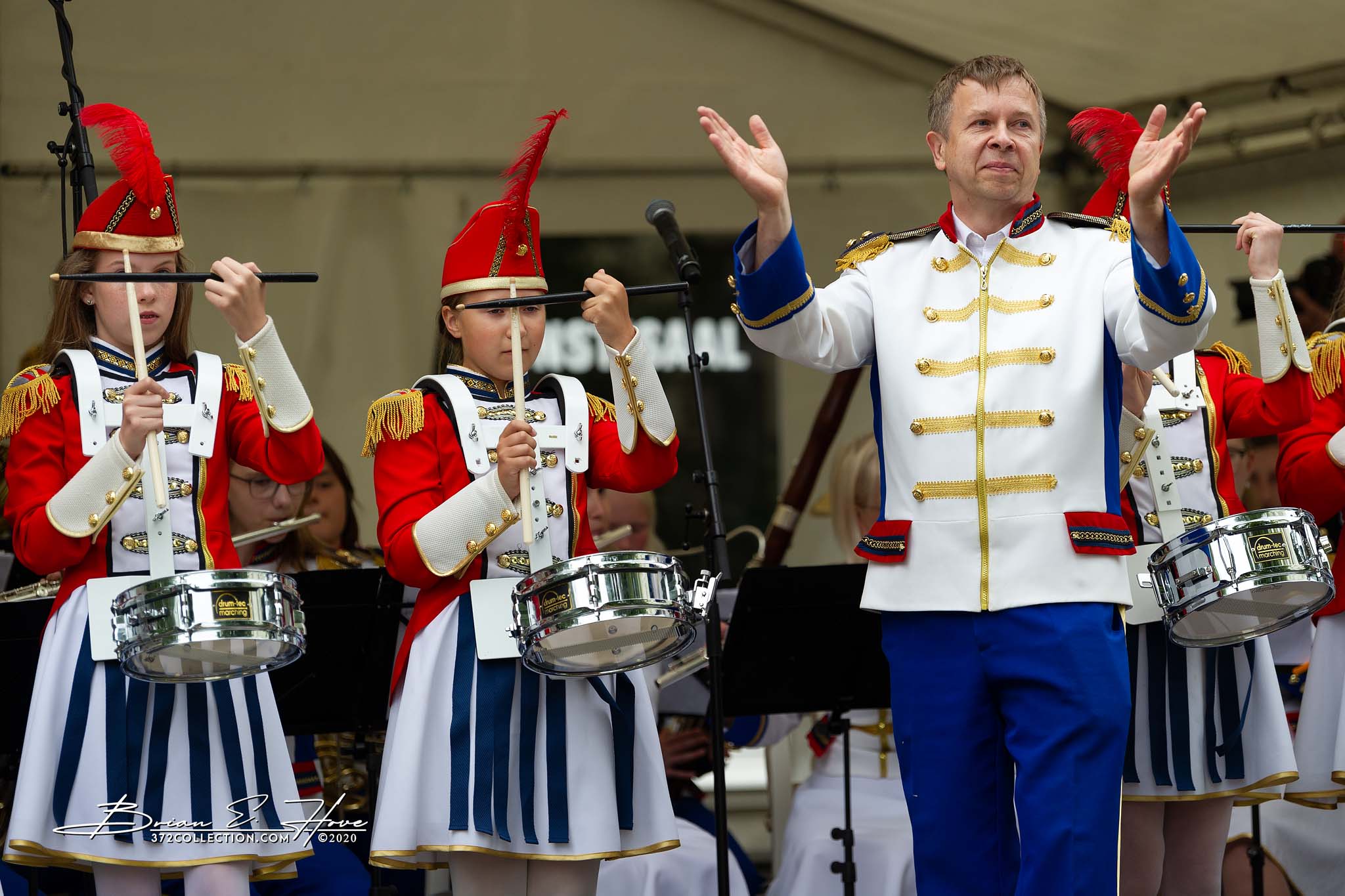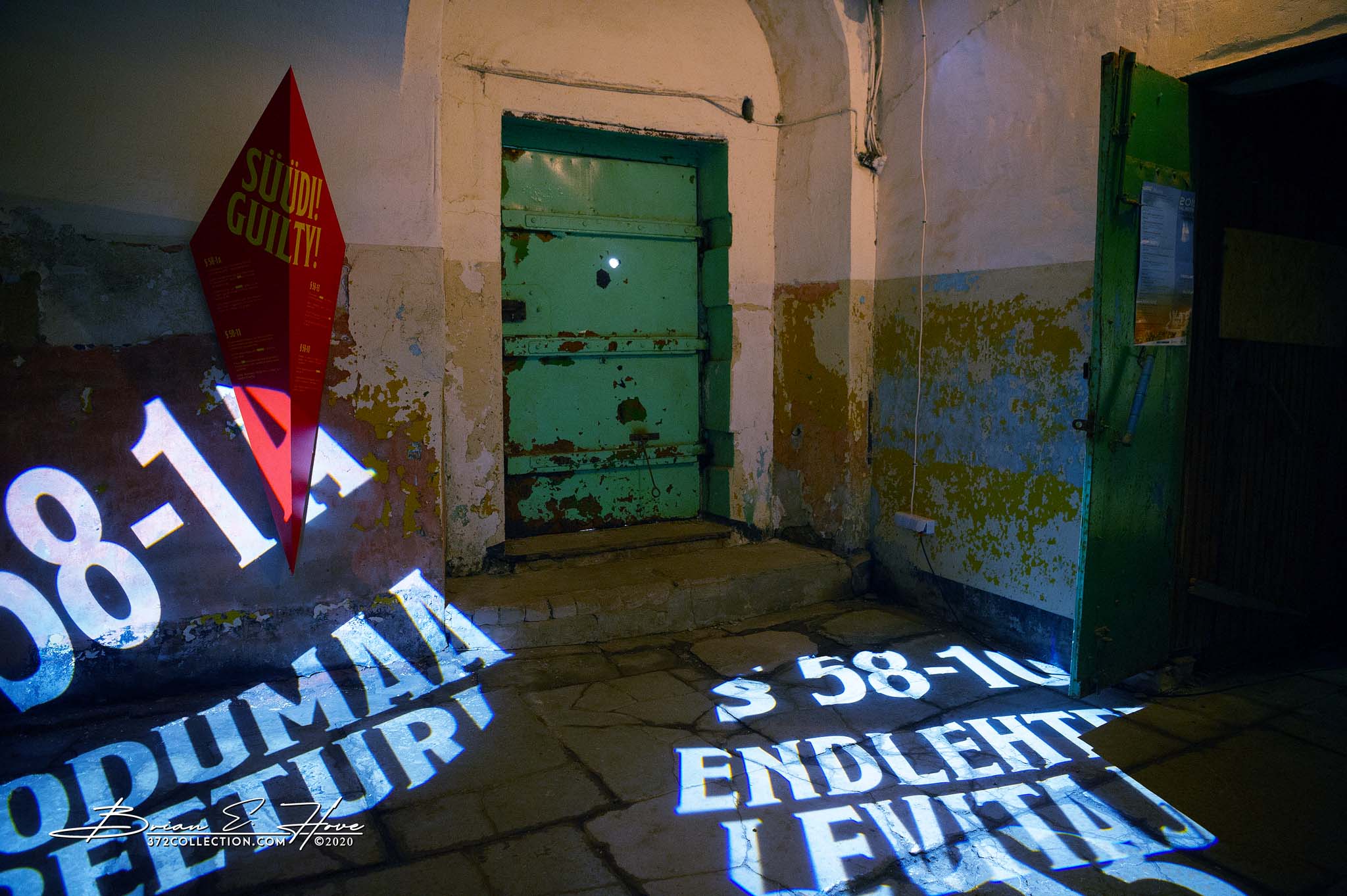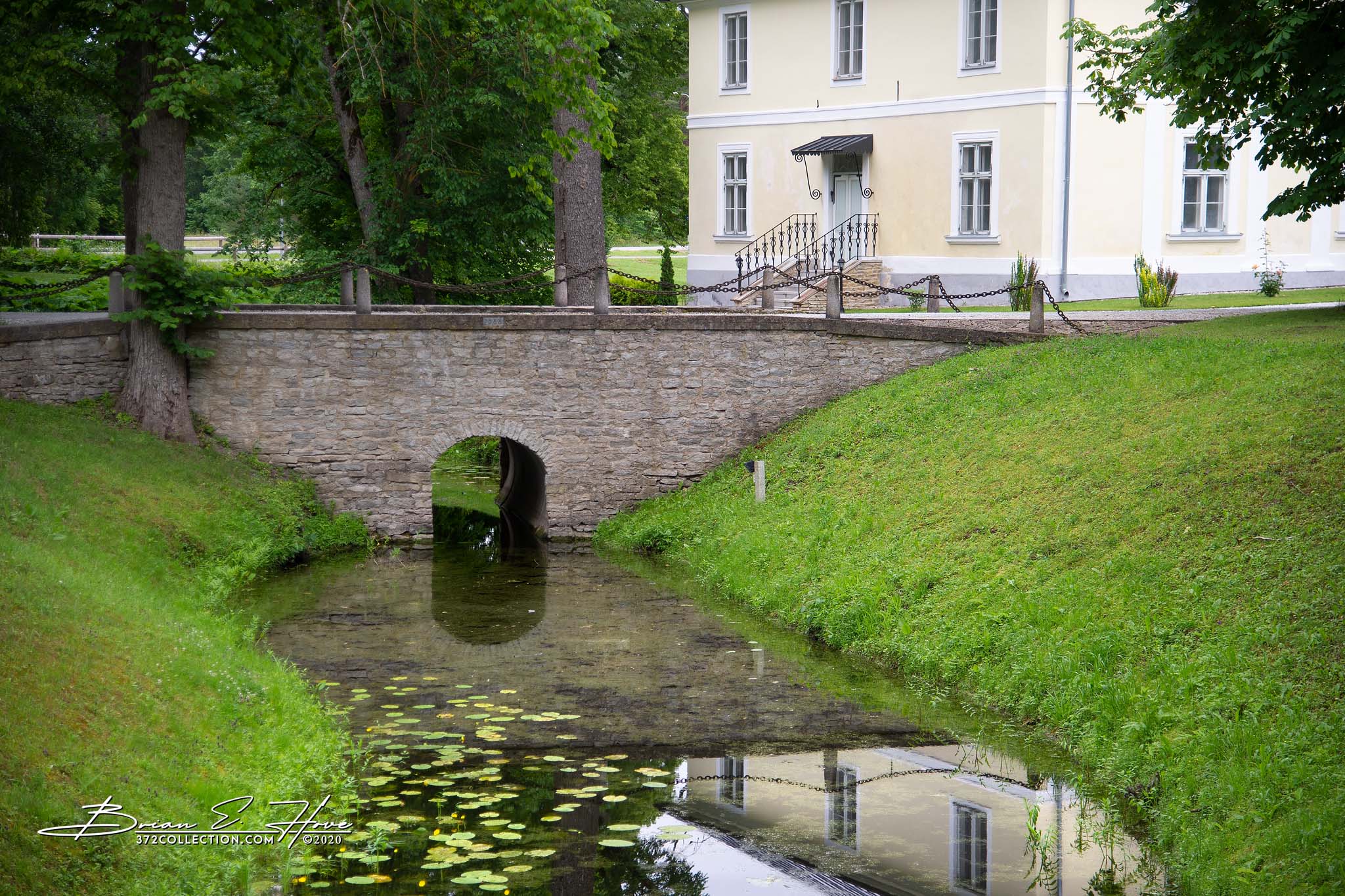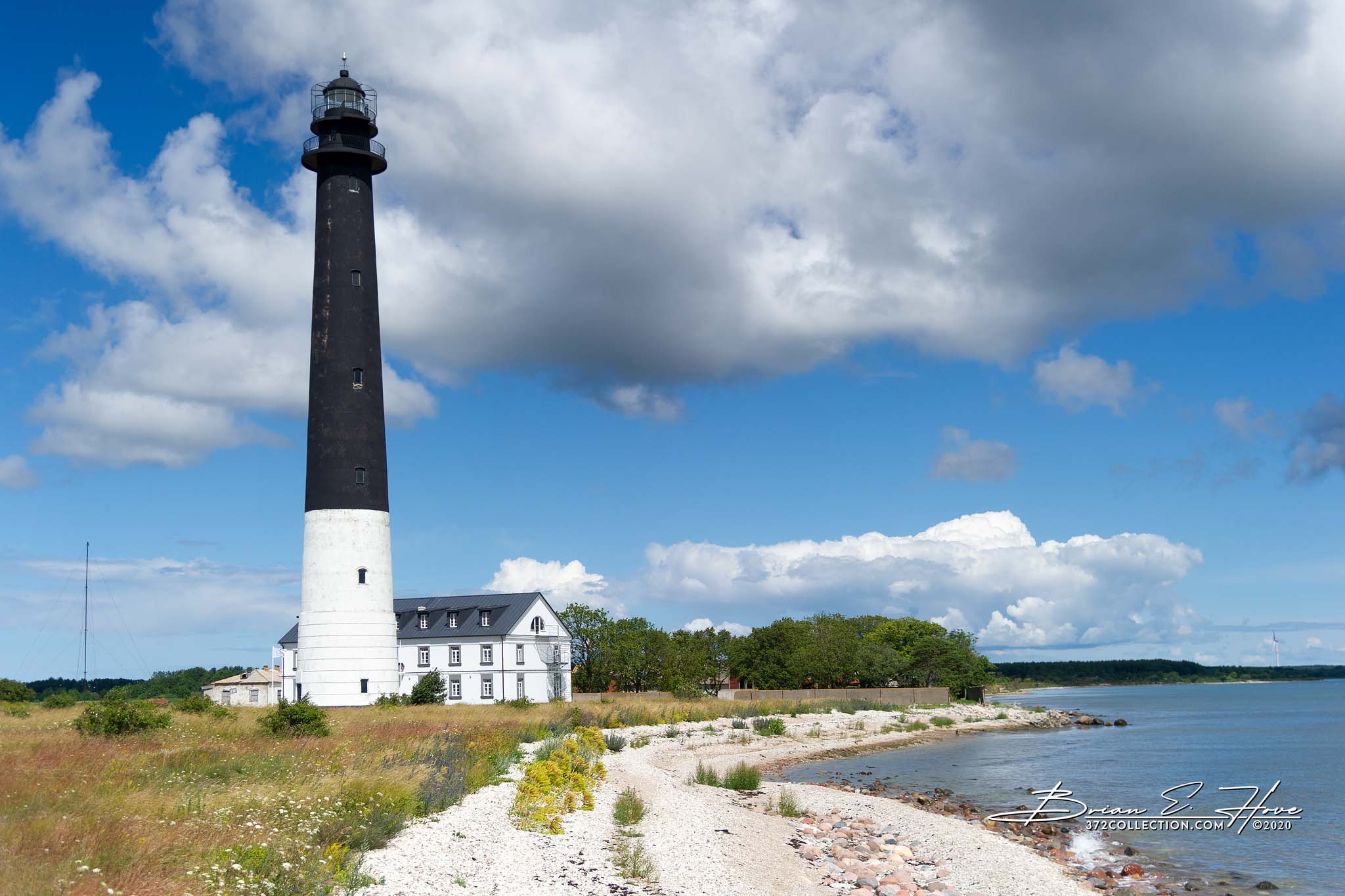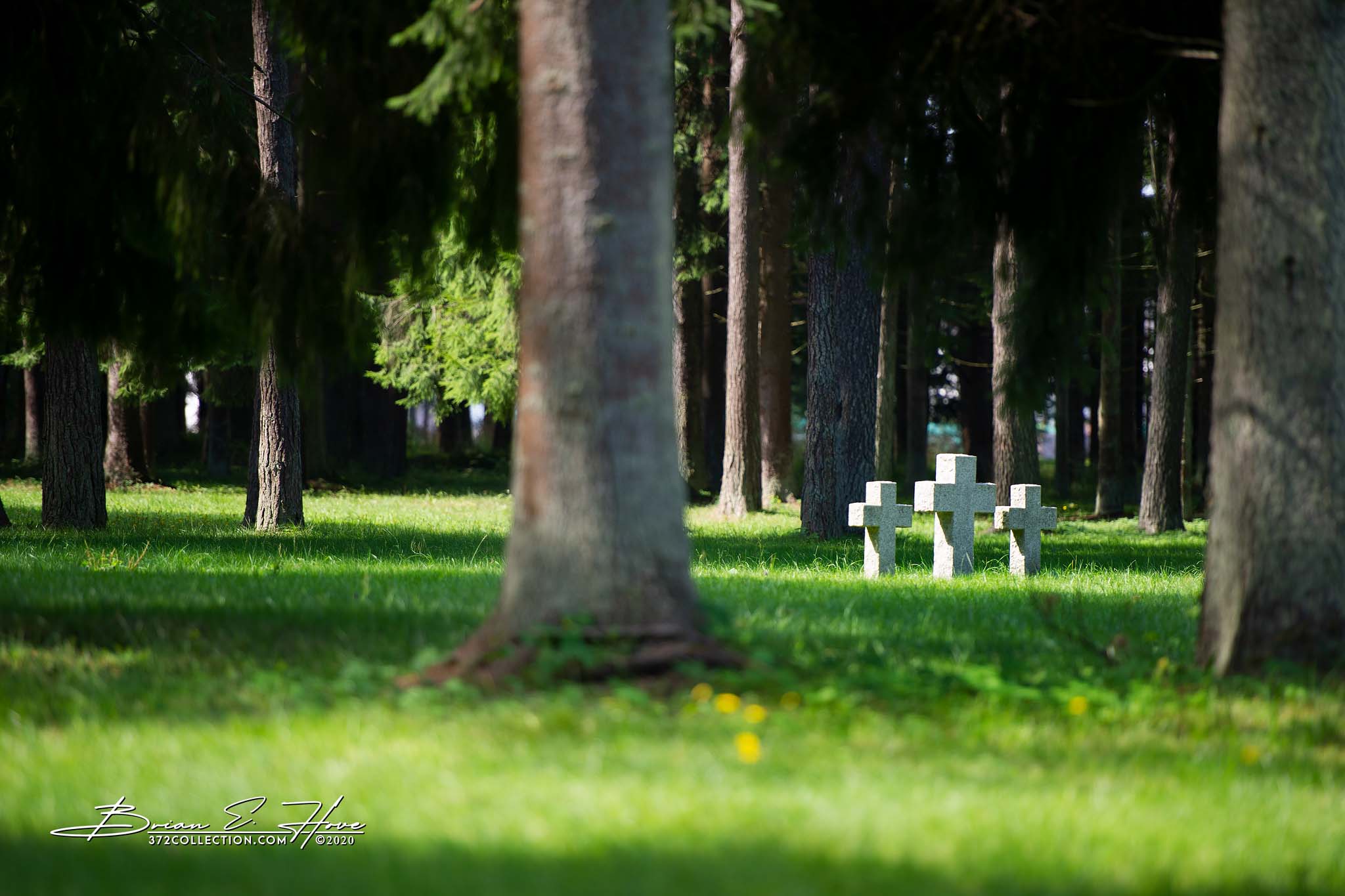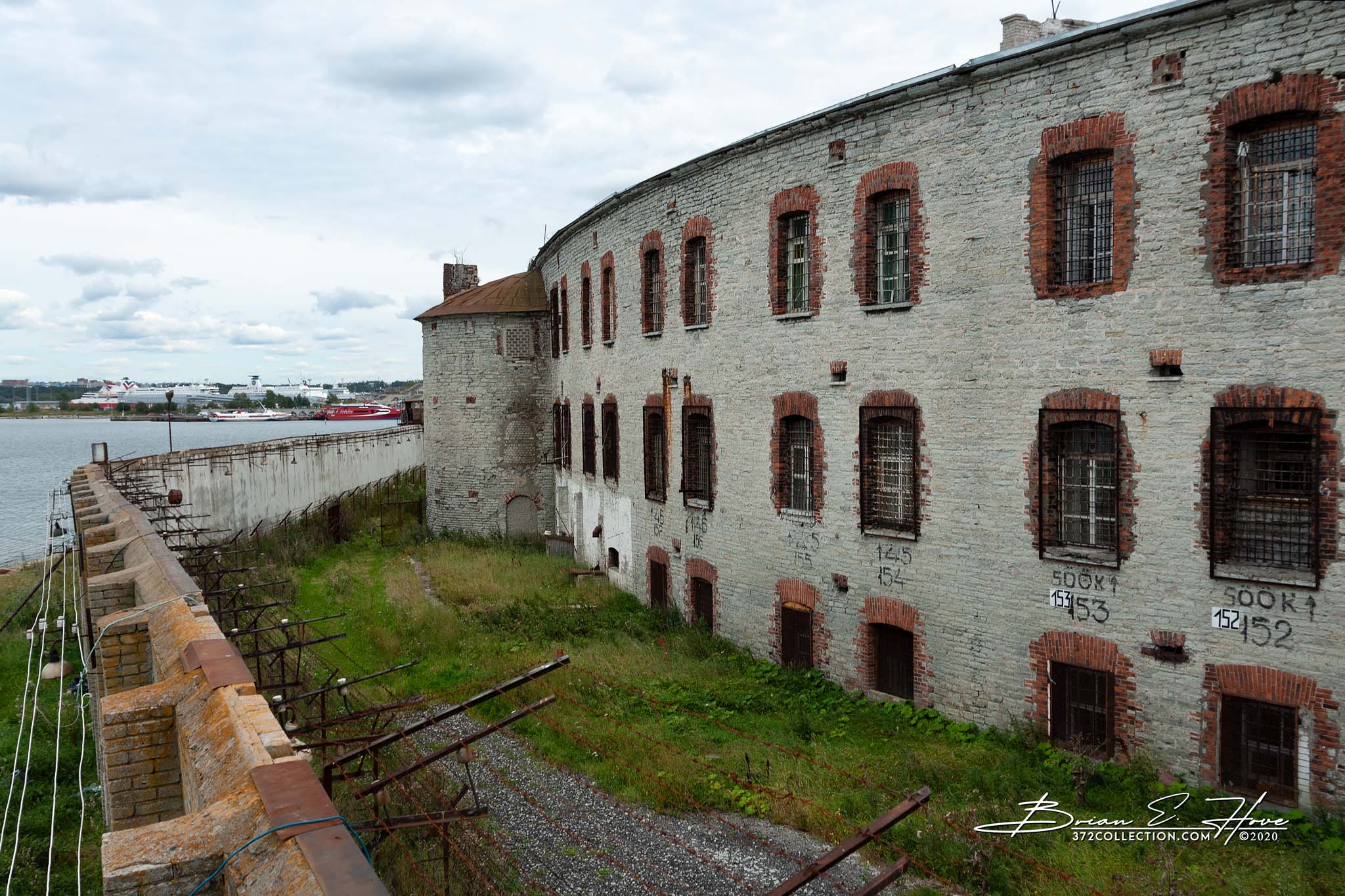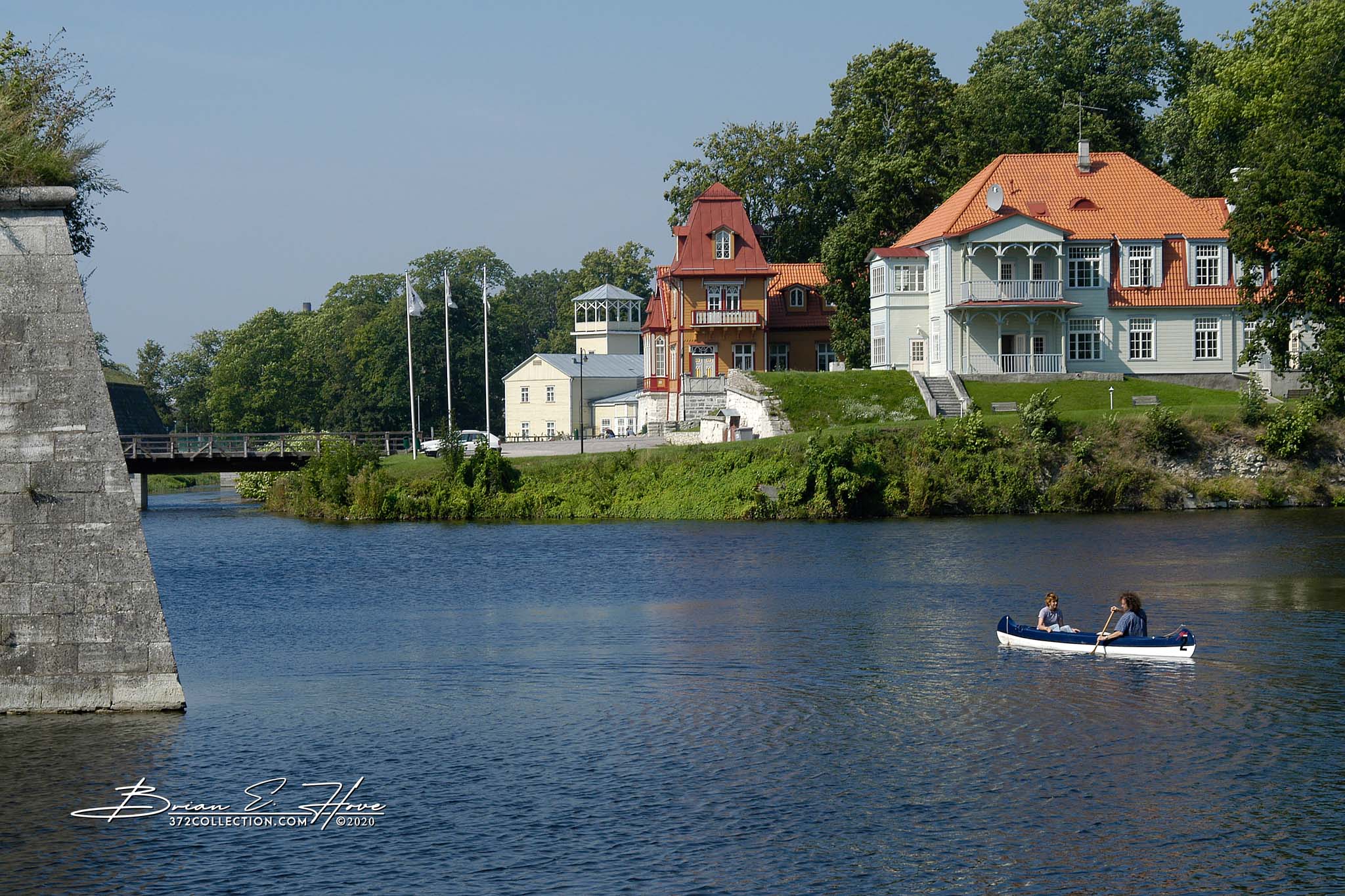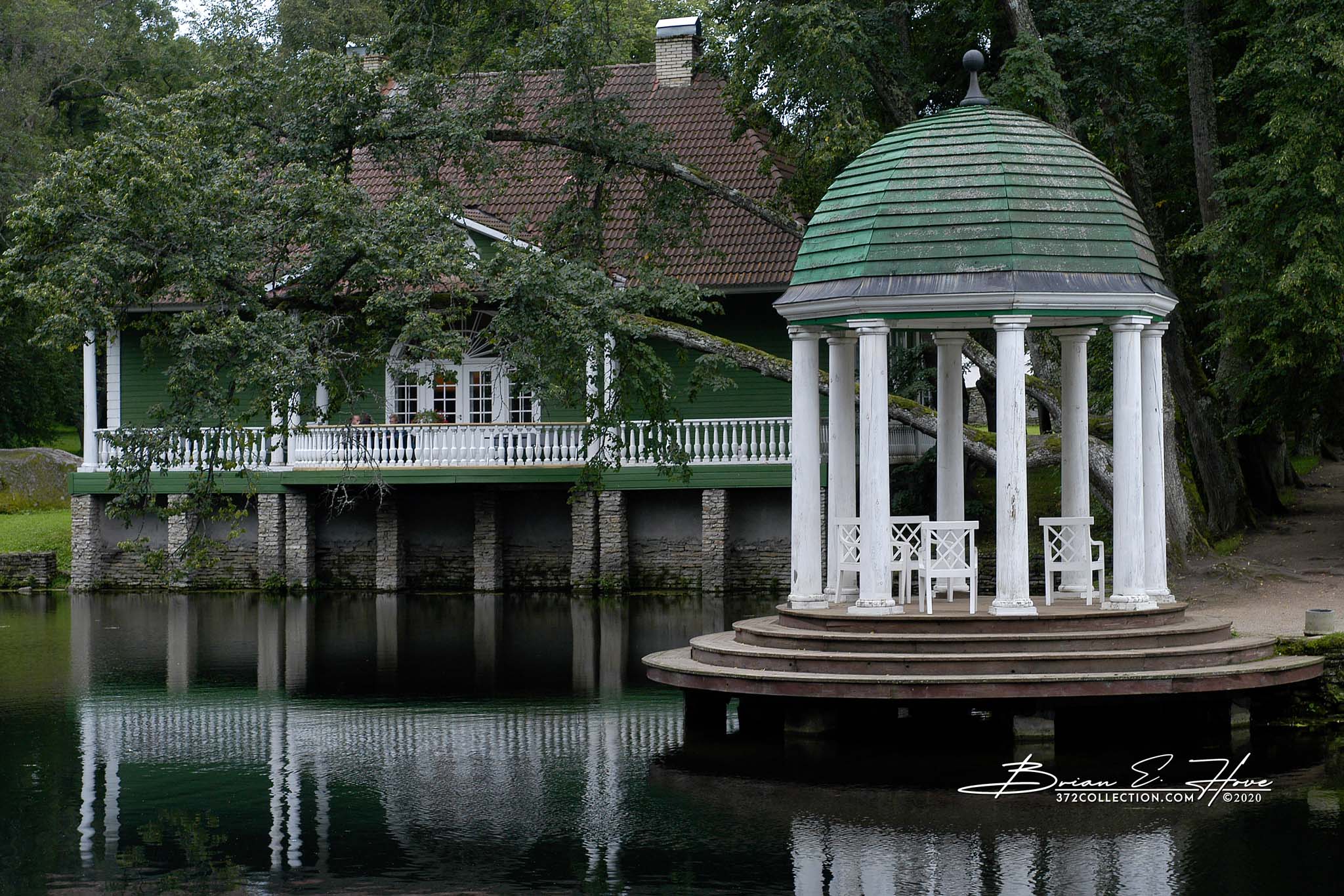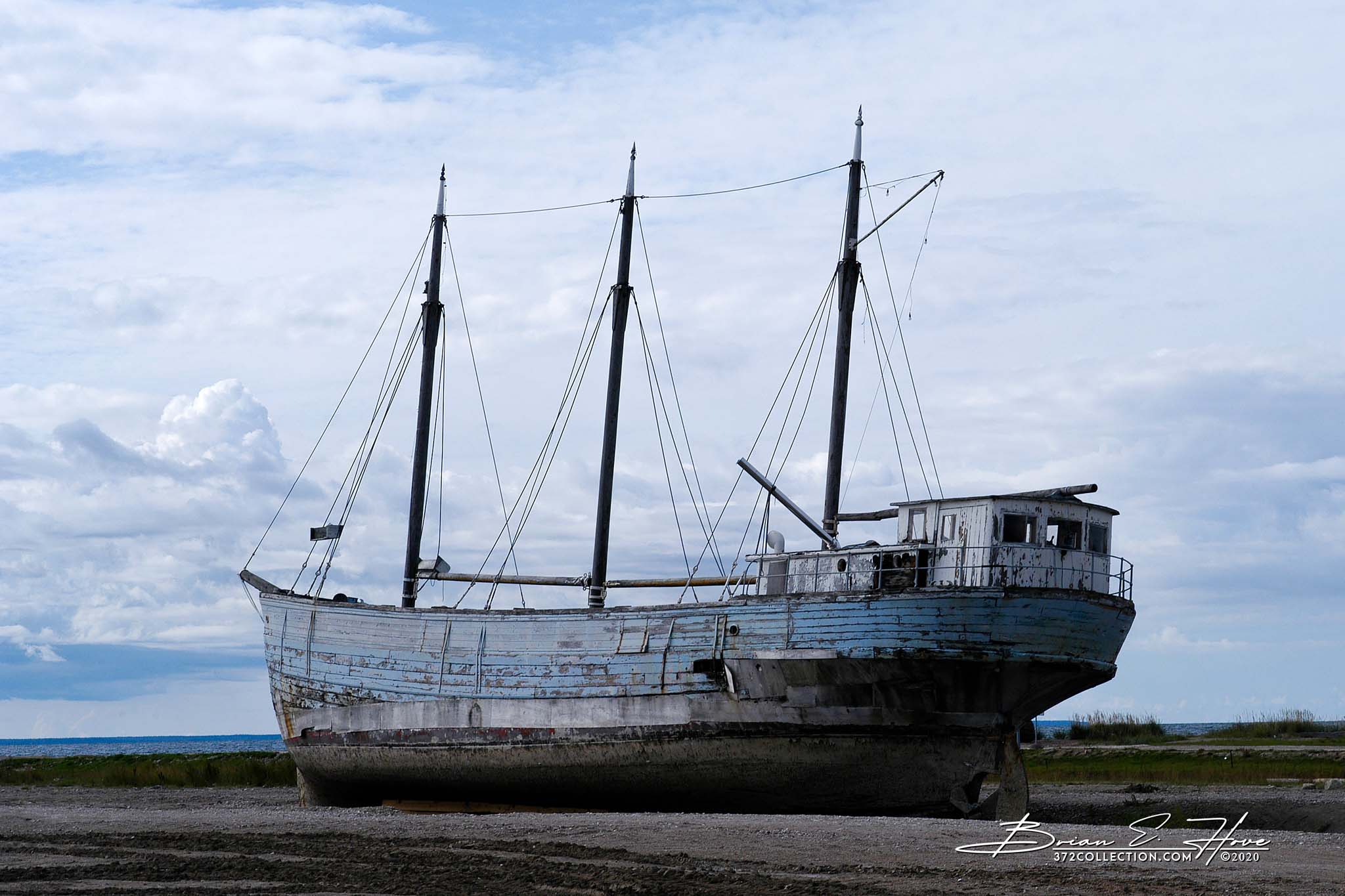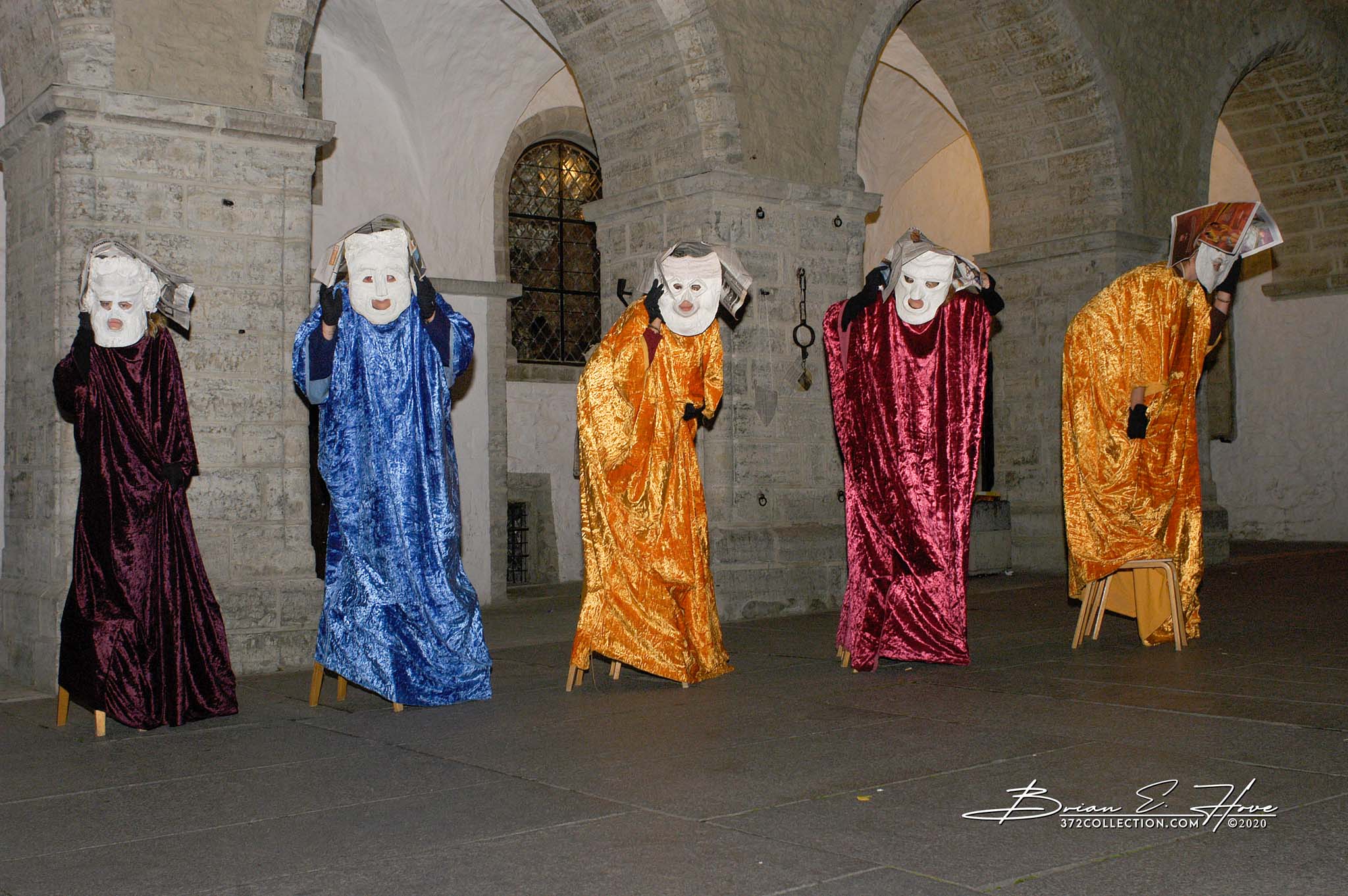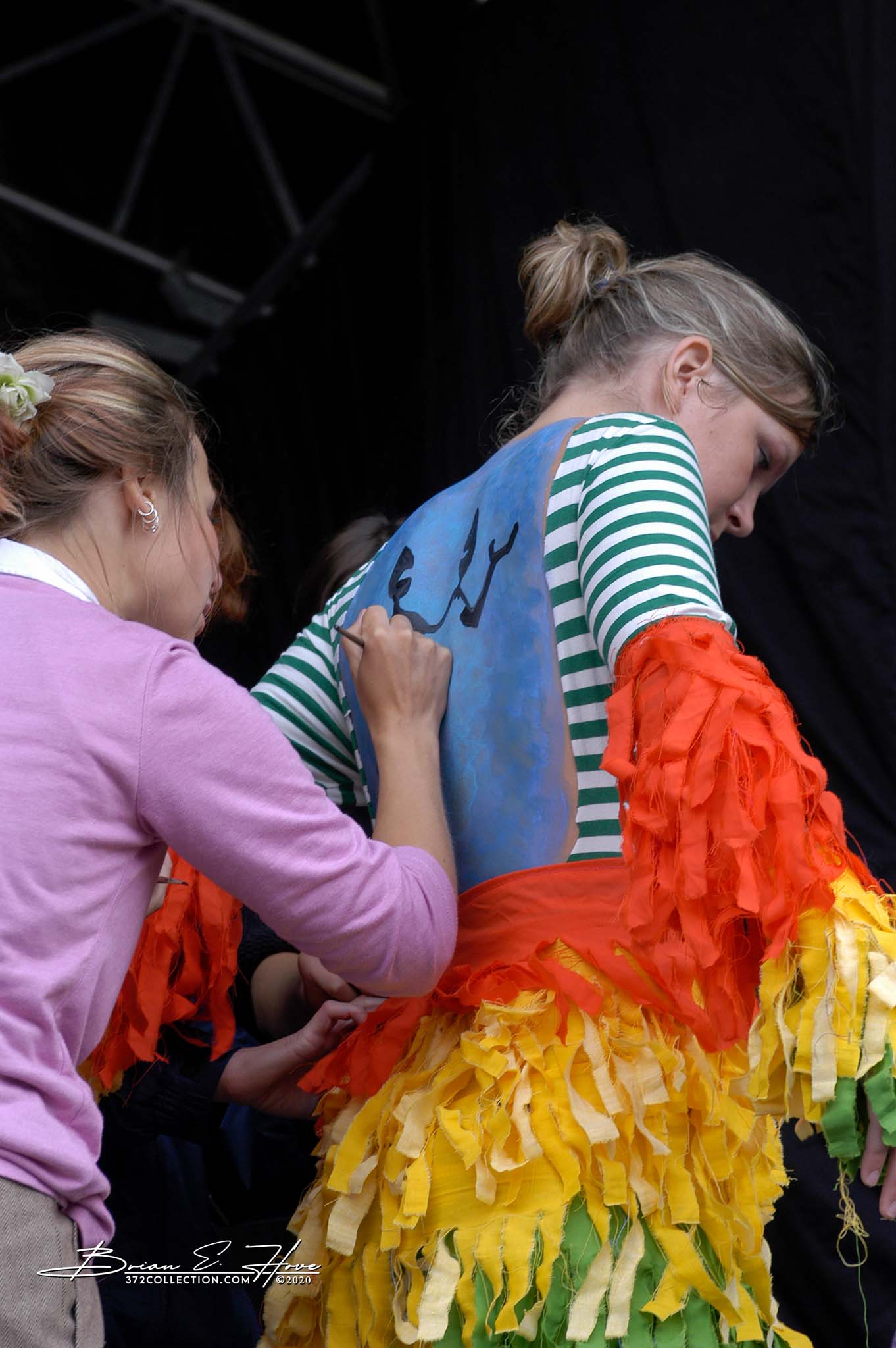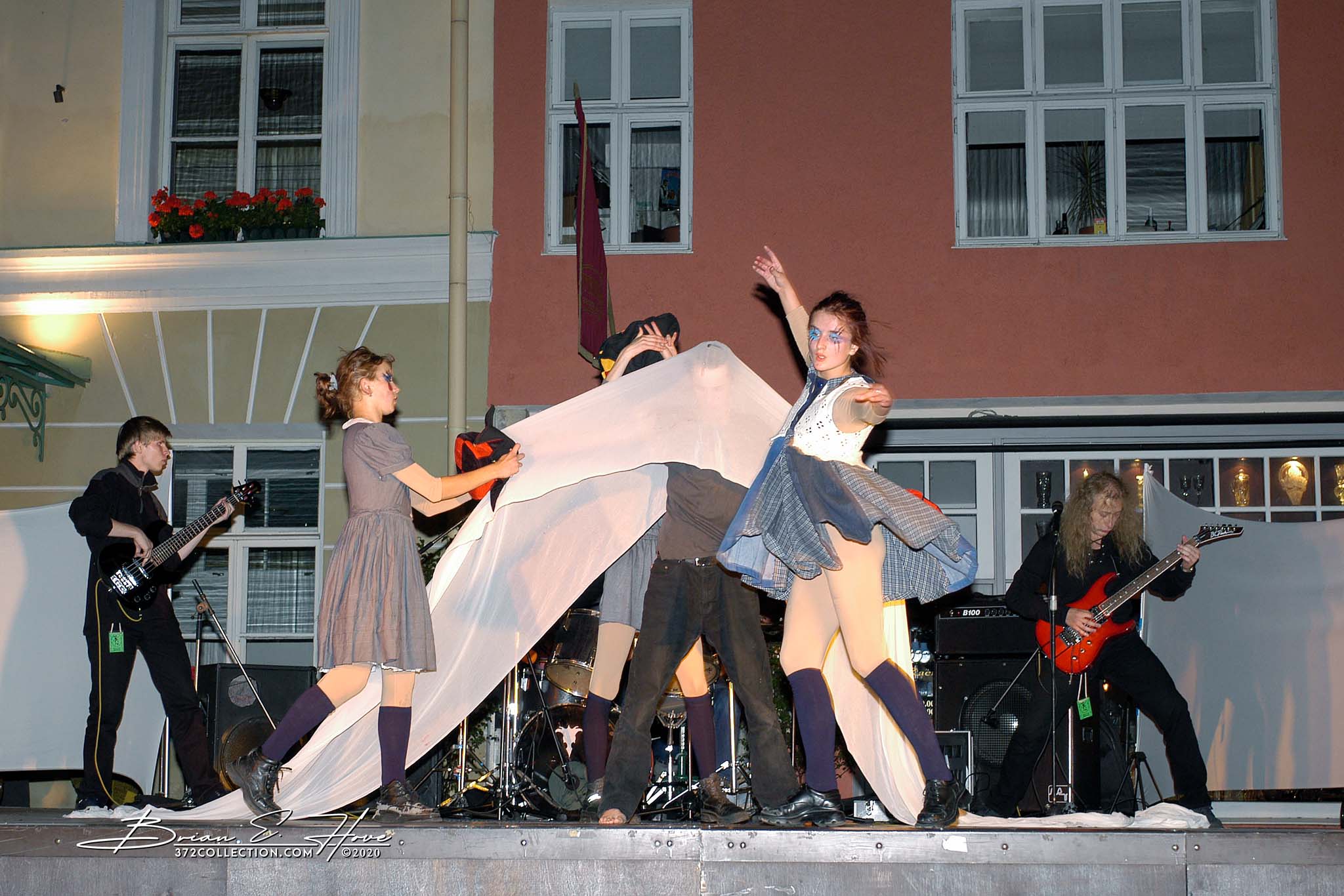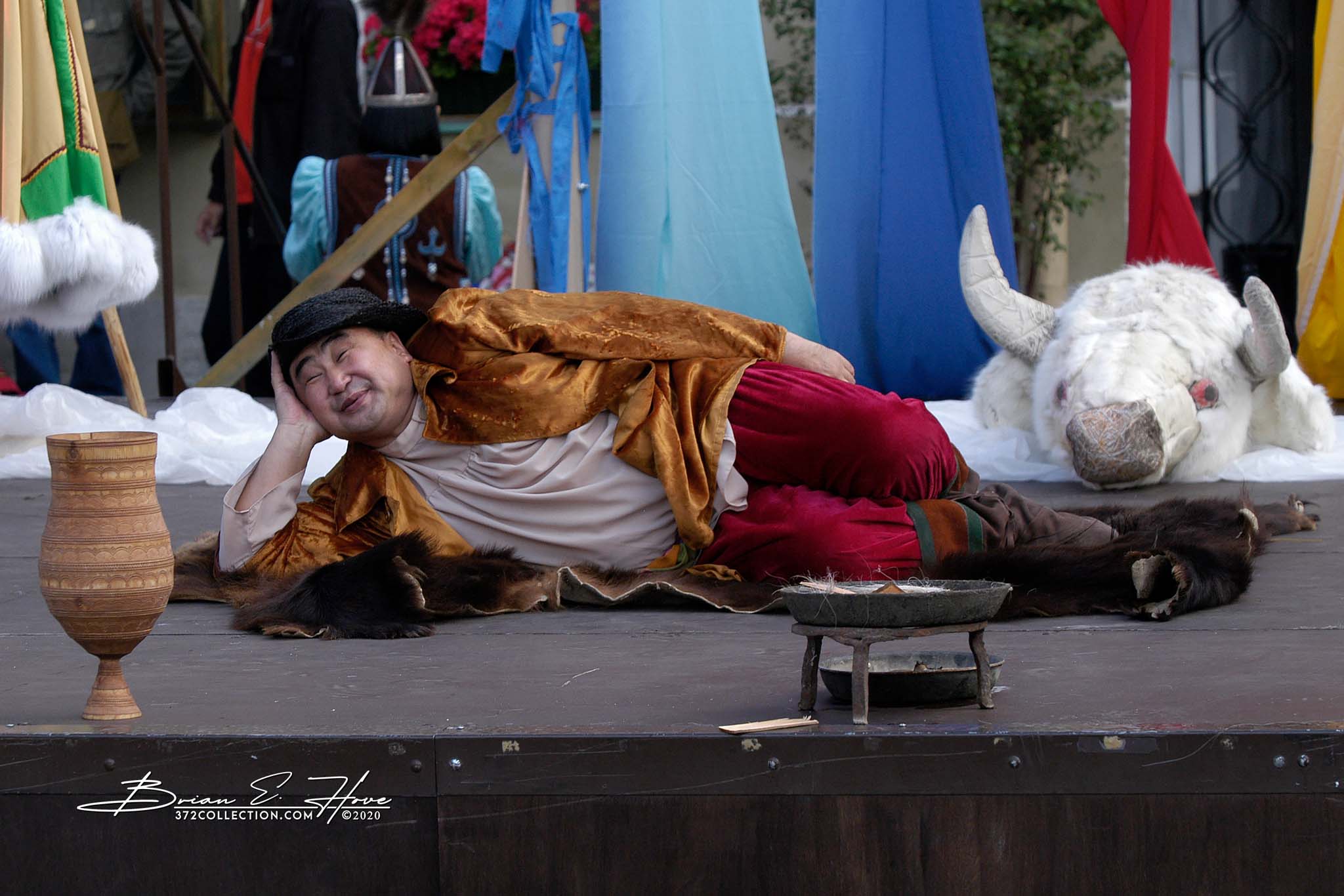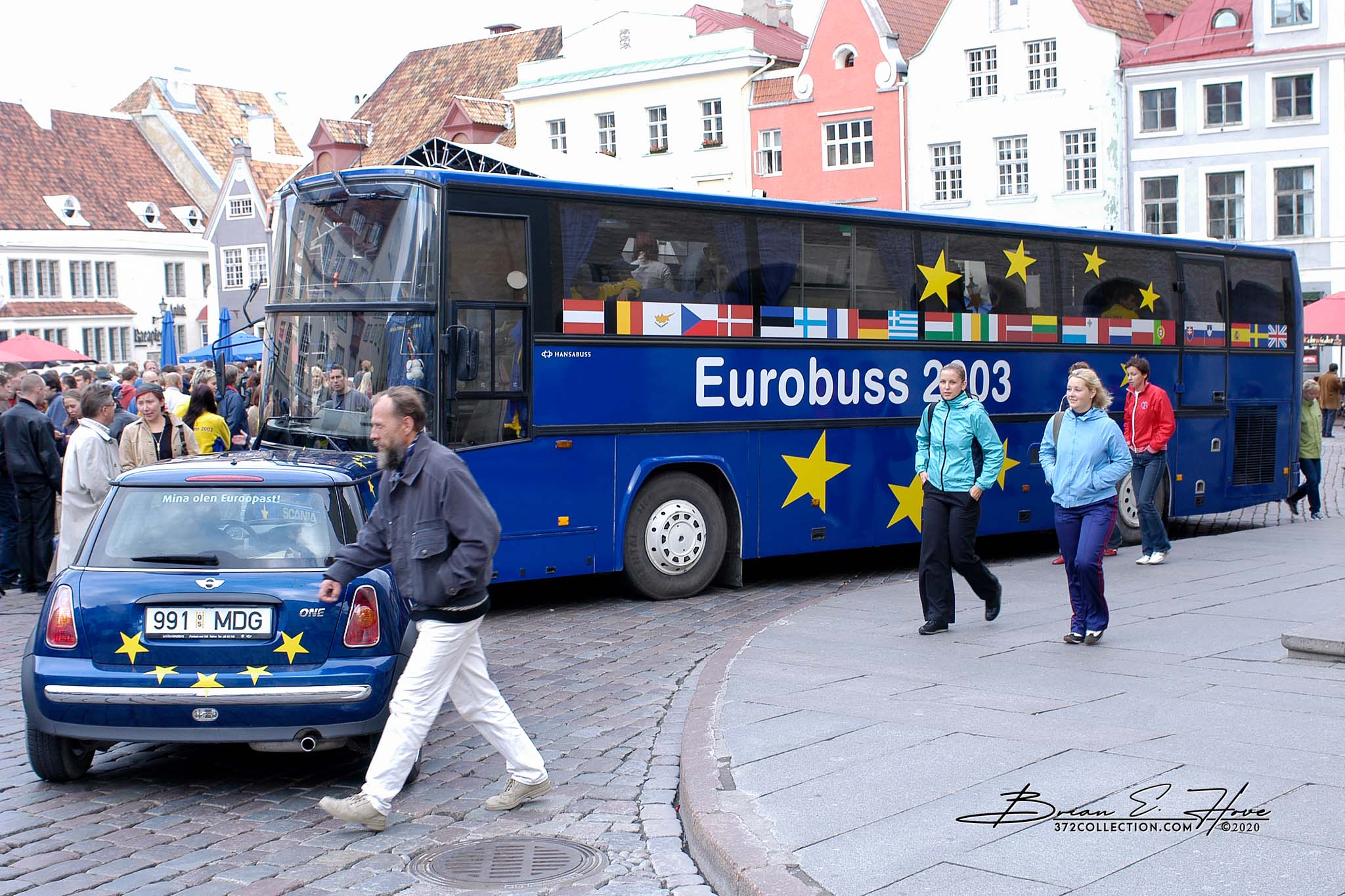Maarjamäe Memorial (Mary Hill) is a complicated place. Estonian, German and Russian history is all intertwined to form a concrete mix of hard feelings.
Going back to World War II, this was the site of a German cemetery dedicated to its war-dead. Starting in 1960, the Soviets built memorials here commemorating the Bolsheviks who died in the Russian Civil War of 1918 as well as their own war-dead from WWII. Parts of this massive new complex were built over German grave sites. These Soviet-era structures continue to be a source of some irritation for Estonians as they represent a particularly difficult period in Estonia’s history.
Once the dust settled on Russia and Germany’s battle for Baltic dominance, the Soviets began a process of identifying unfriendly locals. These Estonians were imprisoned or shipped-off to a Siberian Gulag or killed out-right. In 2018 Estonia erected a memorial at Maarjamäe to commemorate the victims of communist occupation of their country between 1940 and 1991. In all, 75,000 Estonians were killed, imprisoned or deported during that time. For such a small country, this is a very large number of people.
So, Maarjamäe is a complicated place. For Estonians, the feeling for this area may range from ambivalence to genuine pain. Nonetheless, an outsider’s view may differ to the extent Maarjamäe is seen as historically significant. While the old Soviet memorials continue to crumble, there may still be value in preserving this site as tangible evidence of a time when liberty was just a distant dream.
(Thank you for your patience – photos will load momentarily . . . )























































